Hamburg has been a free city and port with international status since the time of the Hanseatic League, and today it is the third busiest port in Europe, after Rotterdam (Netherlands) and Antwerp (Belgium).
Located on the Elbe River, it is Germany ‘s second largest city after Berlin, also known as the “Gateway to the World“. From here, thousands of boats head day and night to the North Sea and from there to all corners of the world.
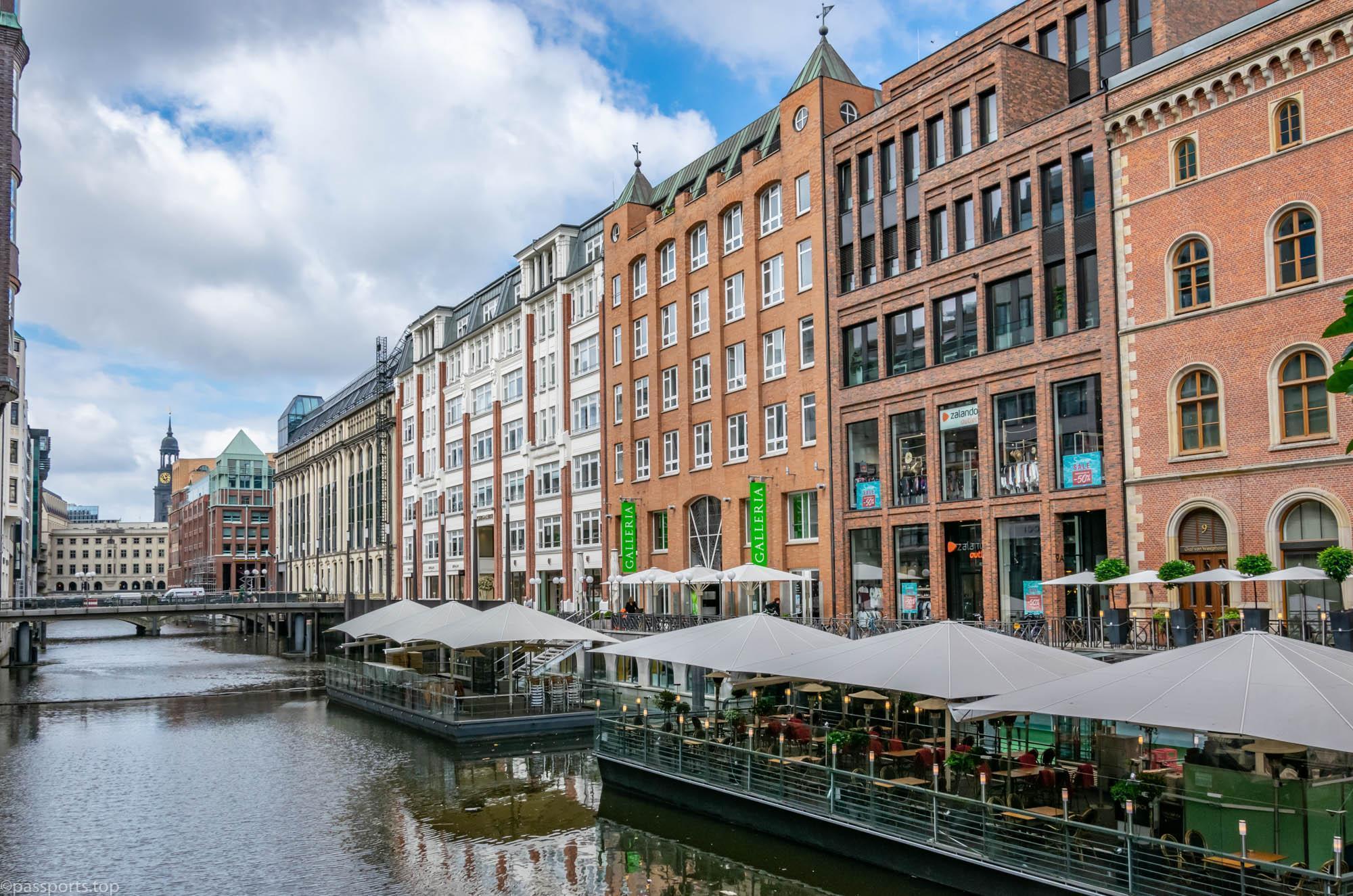
The historic center is criss-crossed by numerous canals and lakes, crossed by approximately 2200 bridges (more than in Amsterdam or Venice).
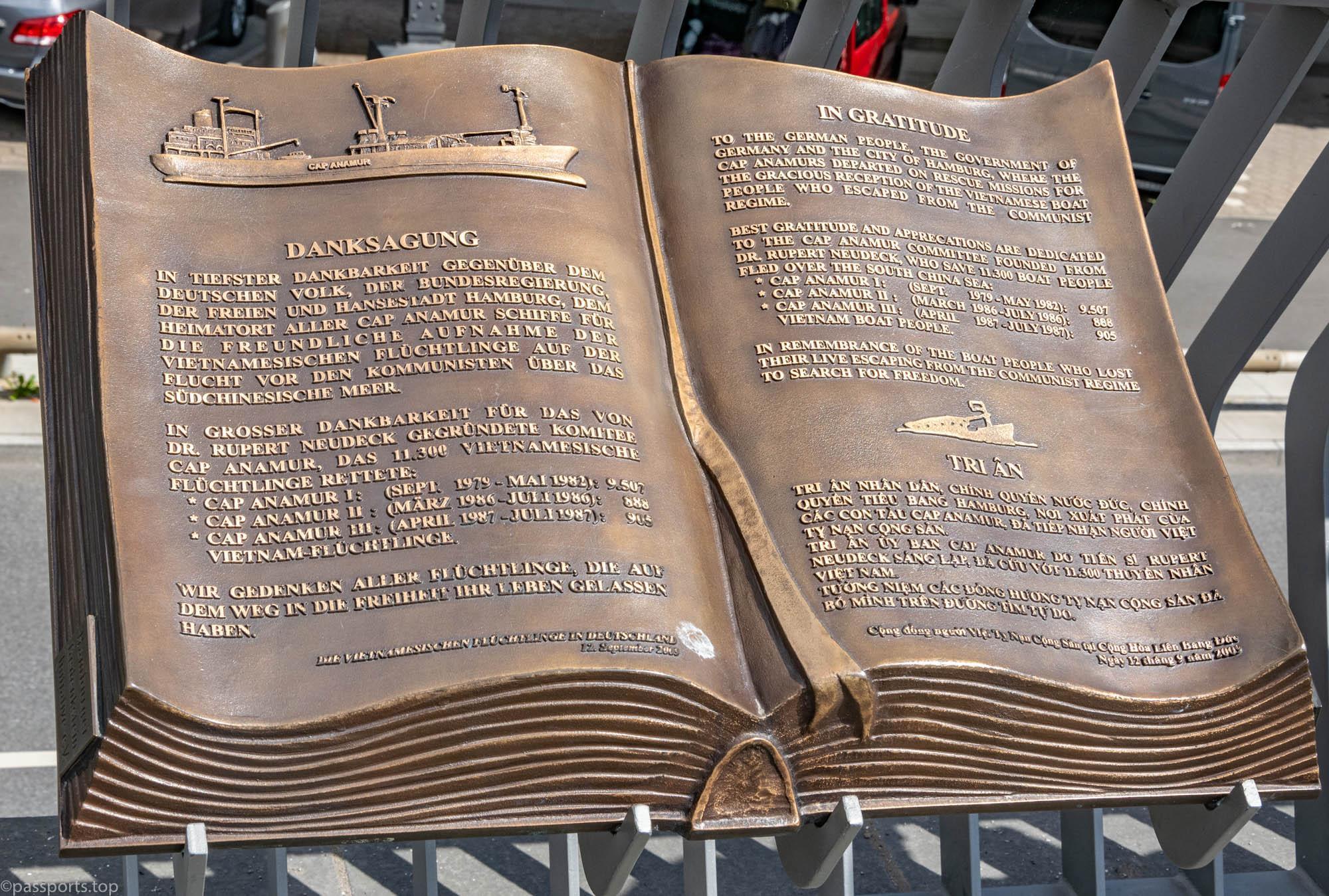
Many tourists who arrive in Germany choose more famous cities or regions, such as Munich, Berlin or the Black Forest, but they should definitely include Hamburg on their list of places to visit.
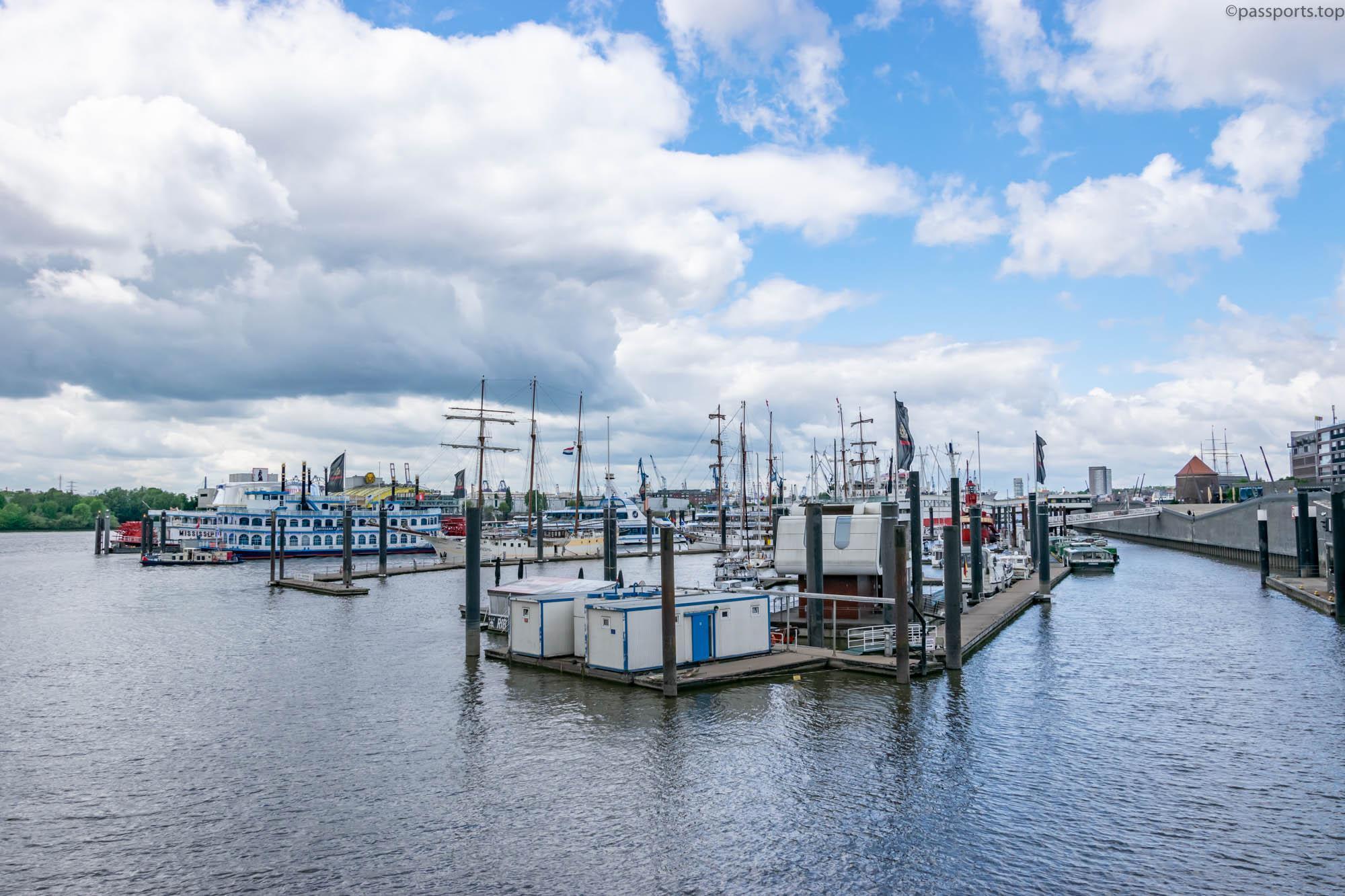
Although it has one of the busiest ports, the city is quite quiet and you will find plenty of activities to pass the time. We stayed for two days and fell in love with the architecture, parks and atmosphere of Hamburg.
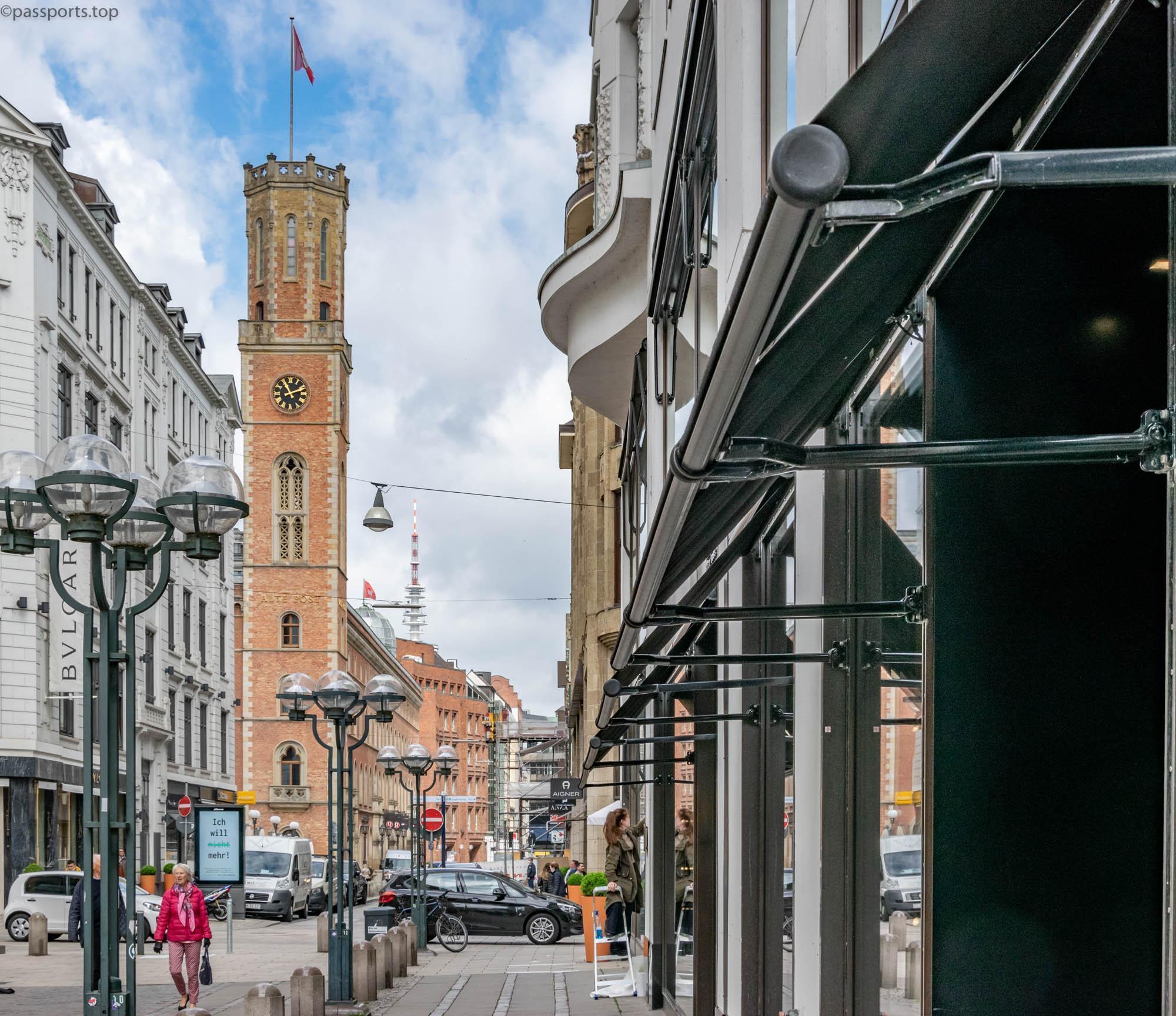
The first day I devoted exclusively to walking through the streets of the city. If you arrive by car, there are many P+R (park and ride) on the outskirts where you can park for free, and from there take public transport to the center.
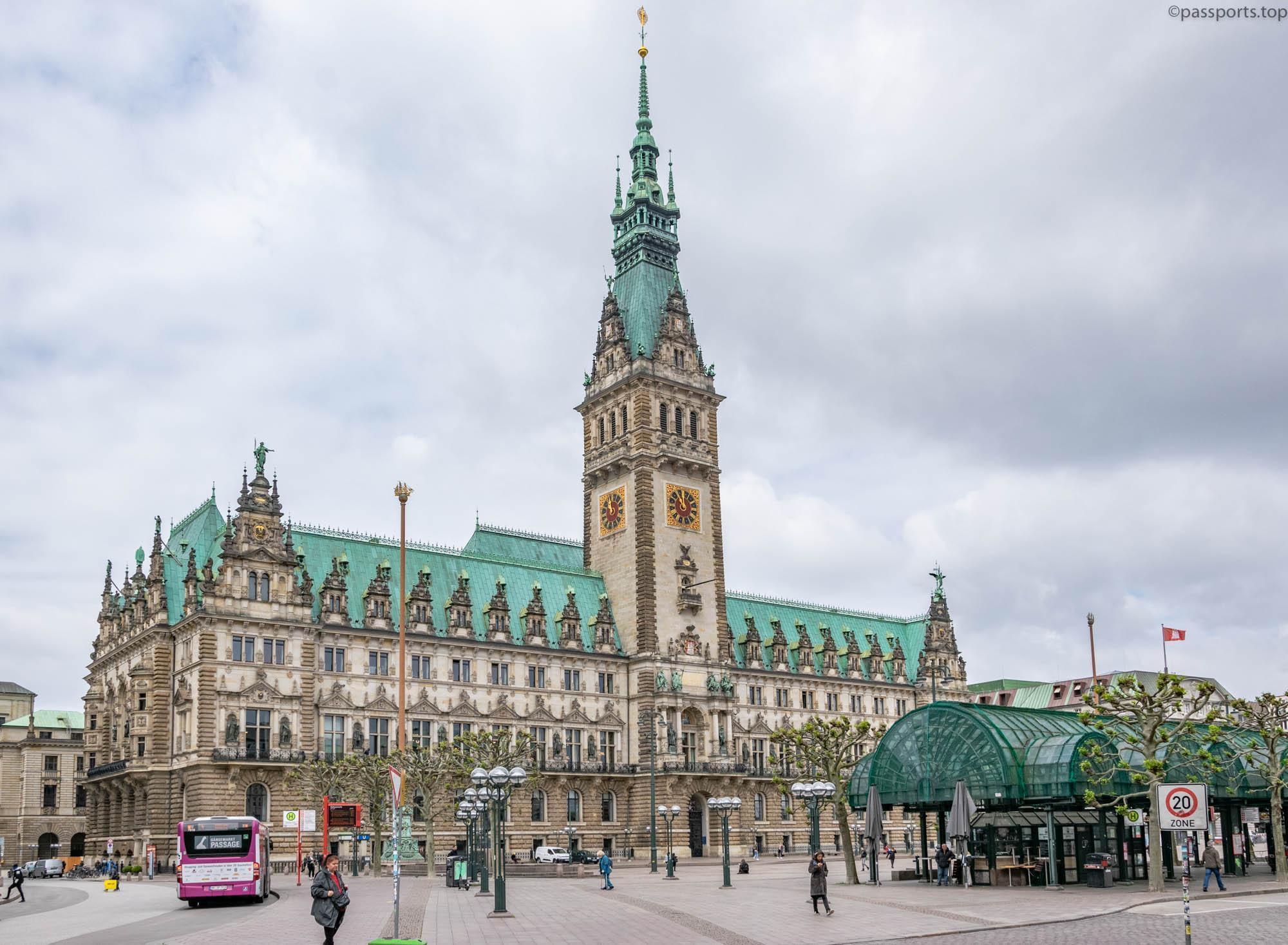
After parking at a P+R, we took the S-bahn and arrived in the center, where we were greeted by one of the most beautiful and imposing buildings of the Hanseatic city – the Town Hall (Rathaus). The neoclassical building, located a few minutes’ walk from the Central Station, was built by a group of seven architects between 1884 and 1897.
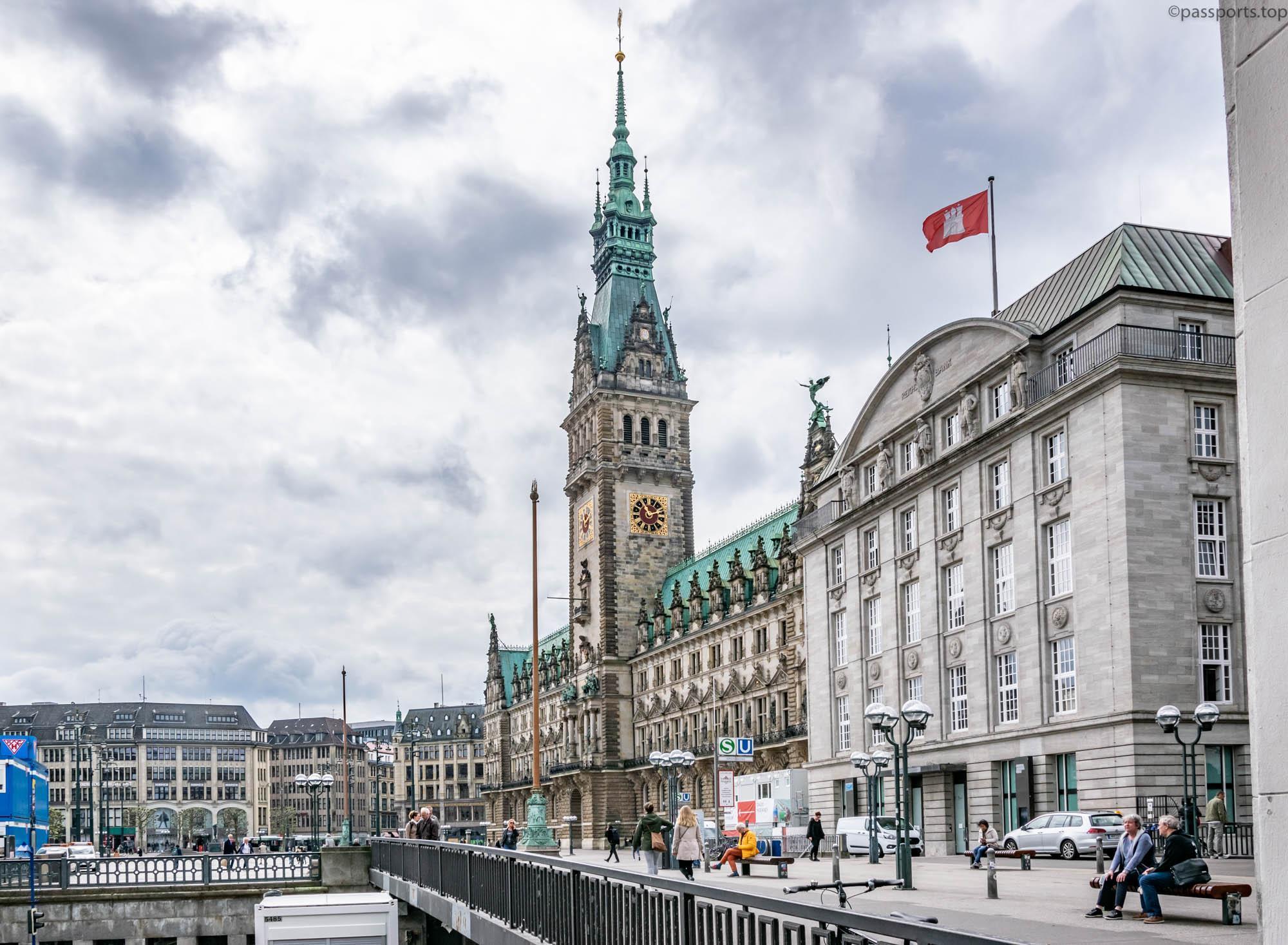
The facade is 133 meters wide and the tower in the center rises up to 122 meters. The rear courtyard has an Italian piazza look and houses the Hygieia (Greek goddess of health) fountain, built to commemorate the cholera epidemic of 1892. The interior of the building can be visited on a guided tour, Monday through Sunday, between 8 a.m. and 18:00. Recently, an interesting virtual tour was inaugurated, where you can admire the architecture, objects and furniture inside the Town Hall, the inner courtyard with the fountain, the view from the town hall tower over the city, but also other rooms hidden from the public, which do not exist in the guided tour (for virtual tour, click here).
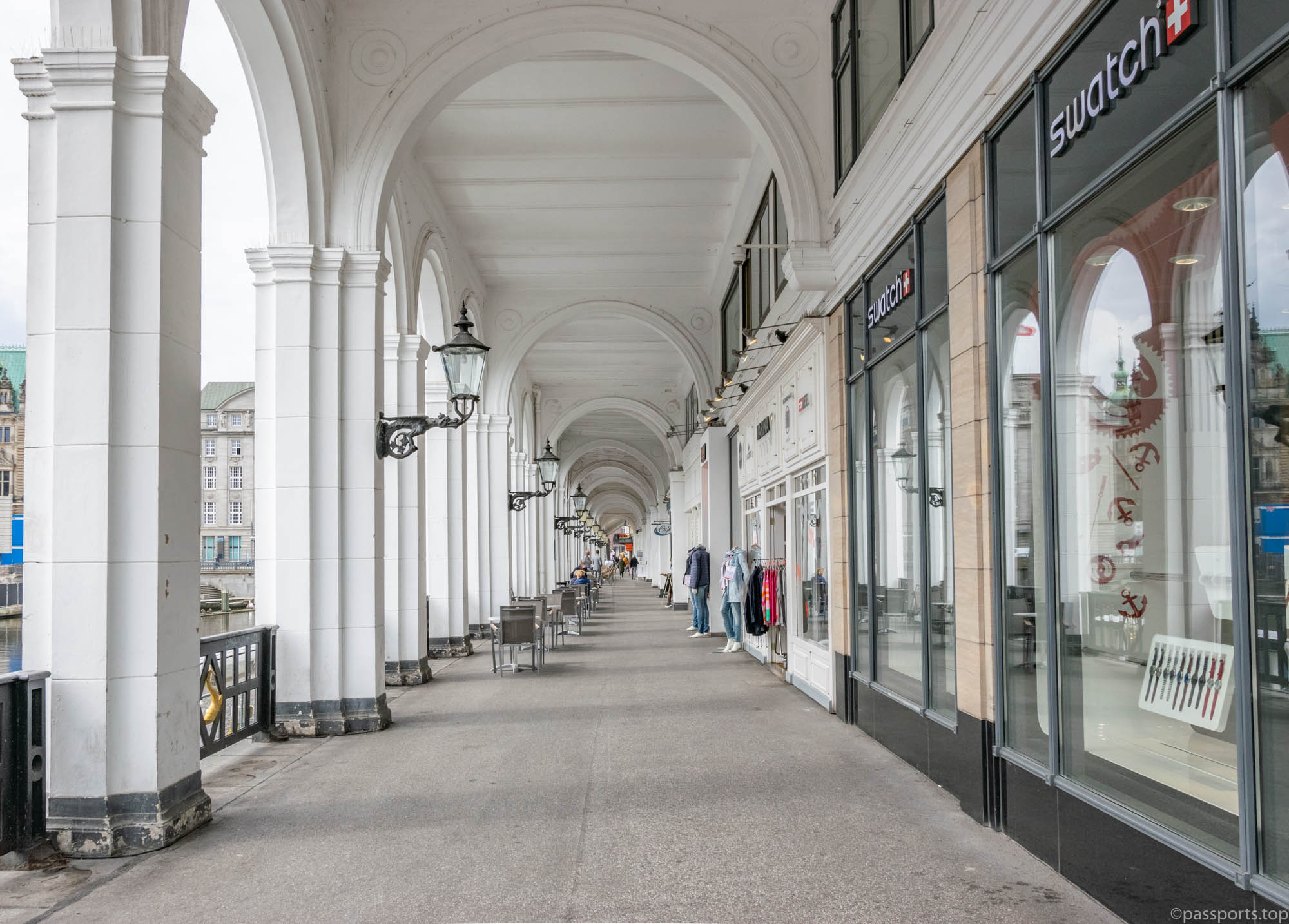
From the Town Hall, we walked through the Rathausmarkt (Town Hall Square) and the narrow streets to the Alsterarkaden (Alster Arcades) which, together with the Mellin Passage, are among the oldest shopping and promenade areas in the city. White arches and picturesque terraces exude a Venetian flair right in the center of Hamburg.
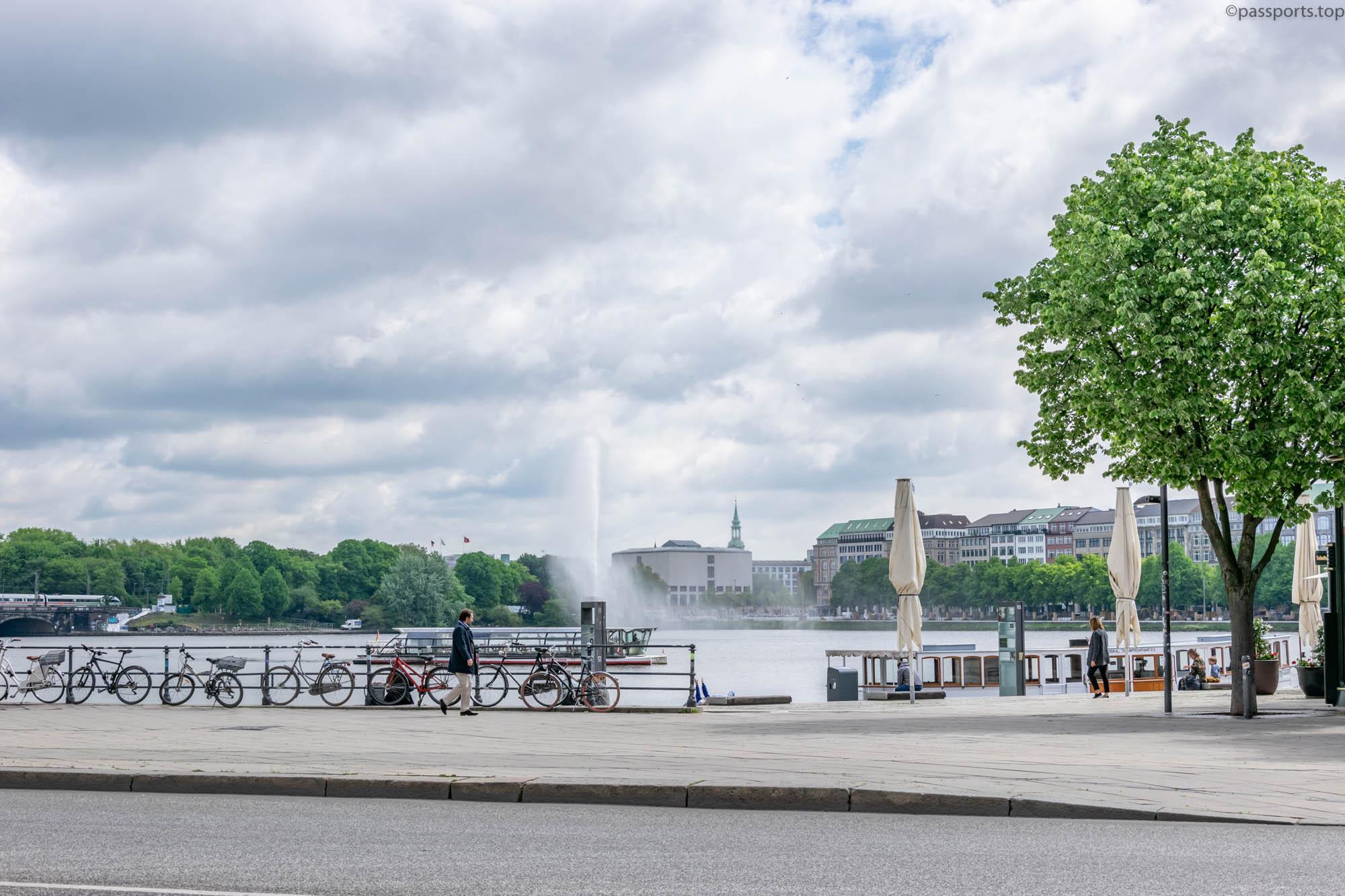
A few steps away is the Jungfernstieg – a promenade on the shores of Lake Binnenlaster (Inner Alster). If the weather is nice, you can take a walk to enjoy the panorama offered by the Alster fountain in the center of the lake and the partly historic, partly new buildings, including the Alsterhaus, the Nivea Haus (Nivea House), one of the largest Apple stores of Germany or a branch of Commerzbank.
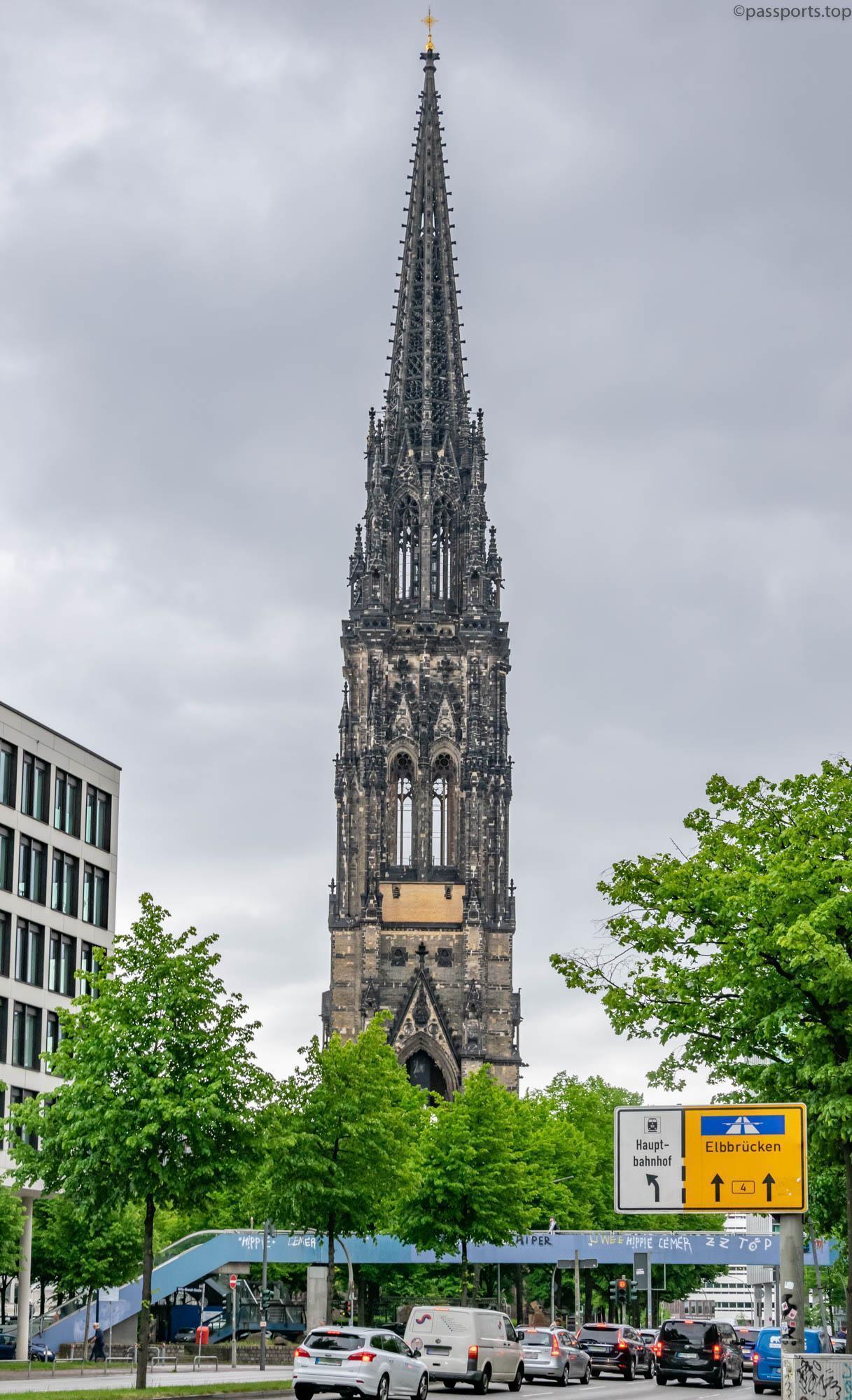
Also near the City Hall is the St. Nicholas Church, which was bombed by Allied forces during Operation Gomorrah in 1943 (a World War II operation that destroyed a significant percentage of the city of Hamburg, leaving over a million residents homeless and led to the killing of 40,000-50,000 civilians). The ruins today house a museum dedicated to the Second World War, and the tower can be climbed up to a height of 76 meters, from where you can see the Alster lakes, the harbor and the city center.
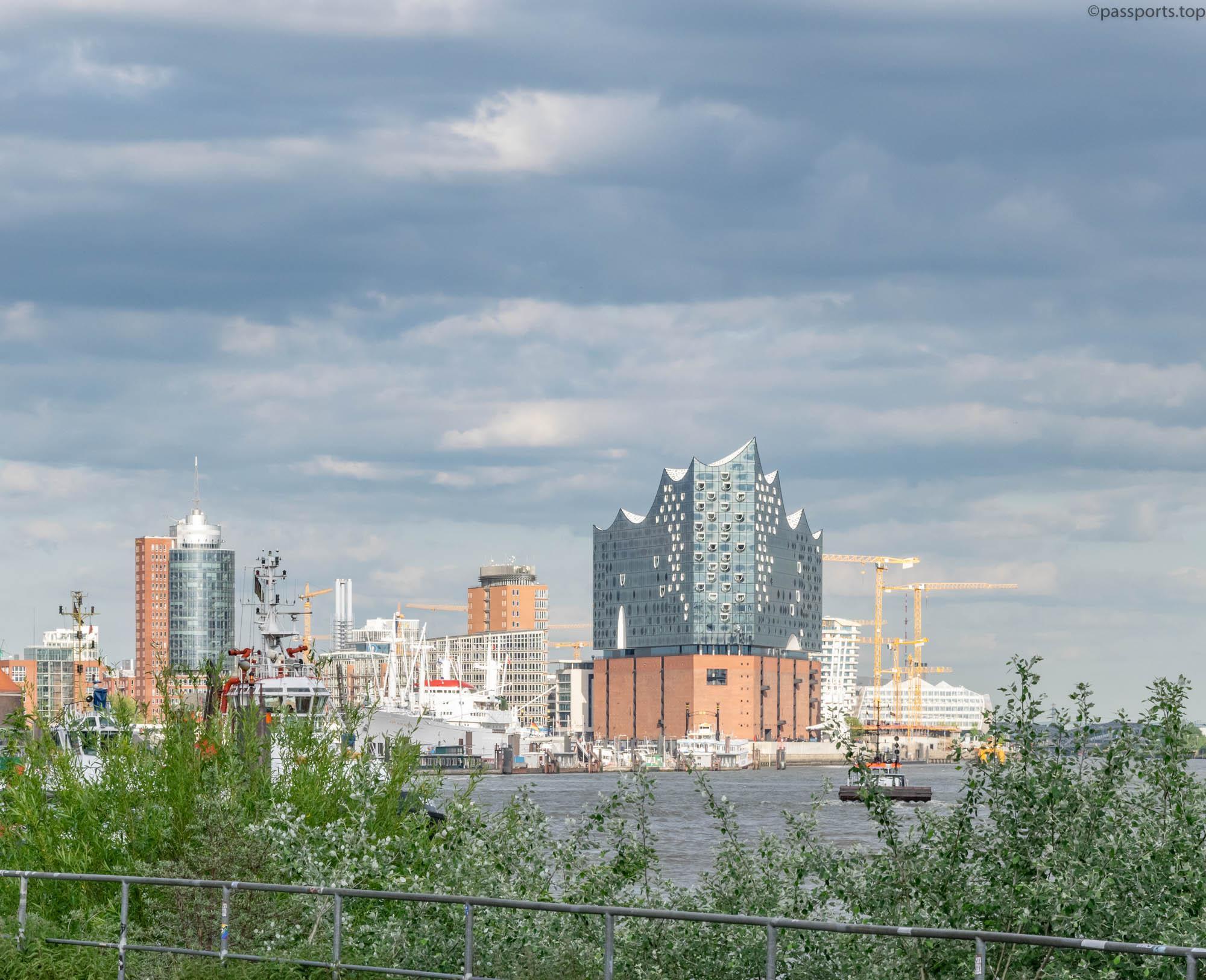
From the center, we set off for HafenCity – Hamburg’s newest district, scheduled to be completed by 2025. By then, the inner city will be expanded by 40%, where 6,000 apartments will be built for around 14,000 residents.
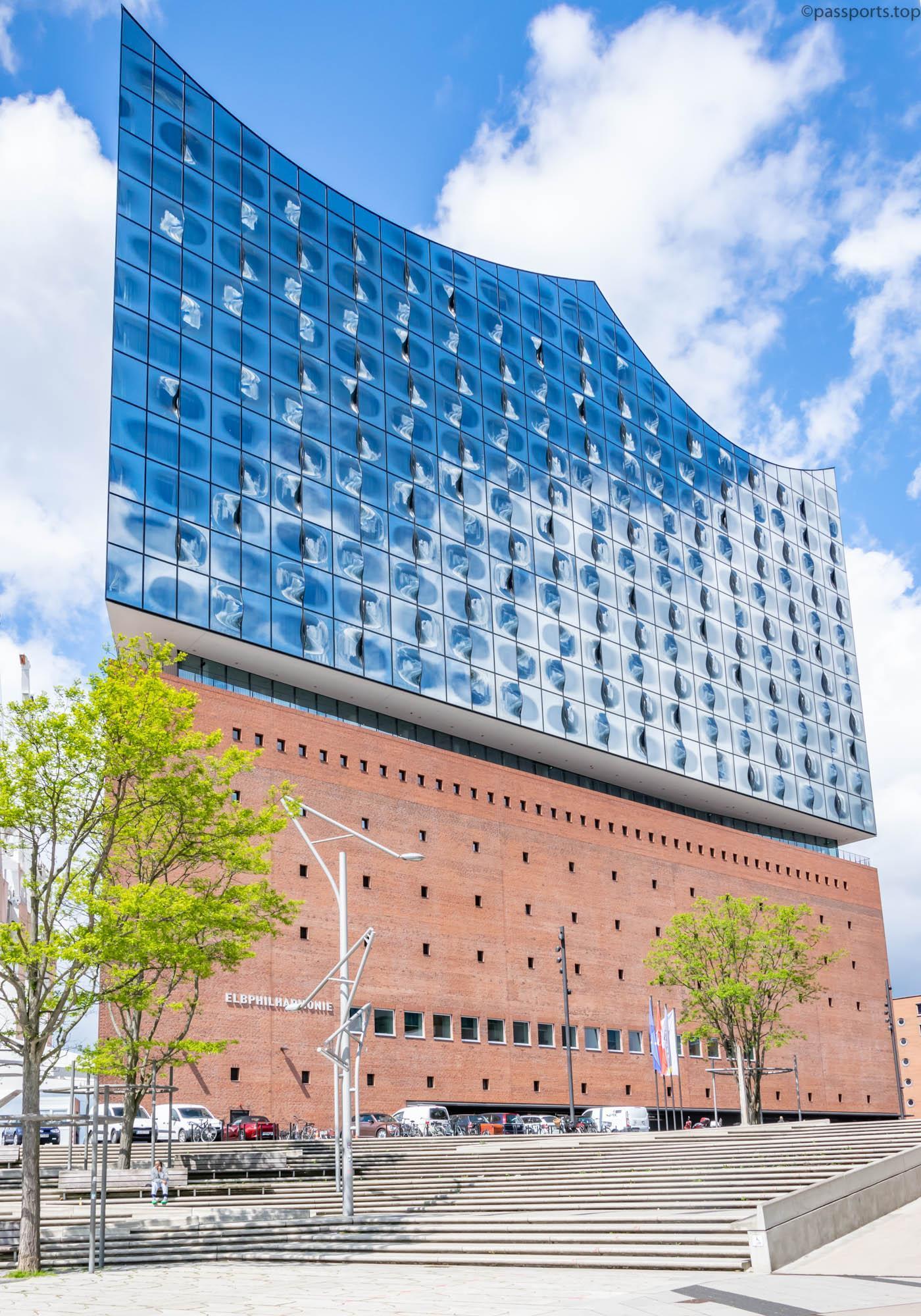
One of the imposing buildings in HafenCity is the Elbphilharmonie (Philharmonic). With its enigmatic profile, it has often been compared to waves, the sails of a ship or a quartz crystal.

There are around 1,000 curved windows on the gleaming facade, and at the top there is an observation deck and a stylish cafe, both open to the public. The Great Concert Hall has a capacity of 2,100 spectators, and if you love music, you must hear the Elbphilharmonie Orchestra in one of the most advanced acoustic spaces ever built.
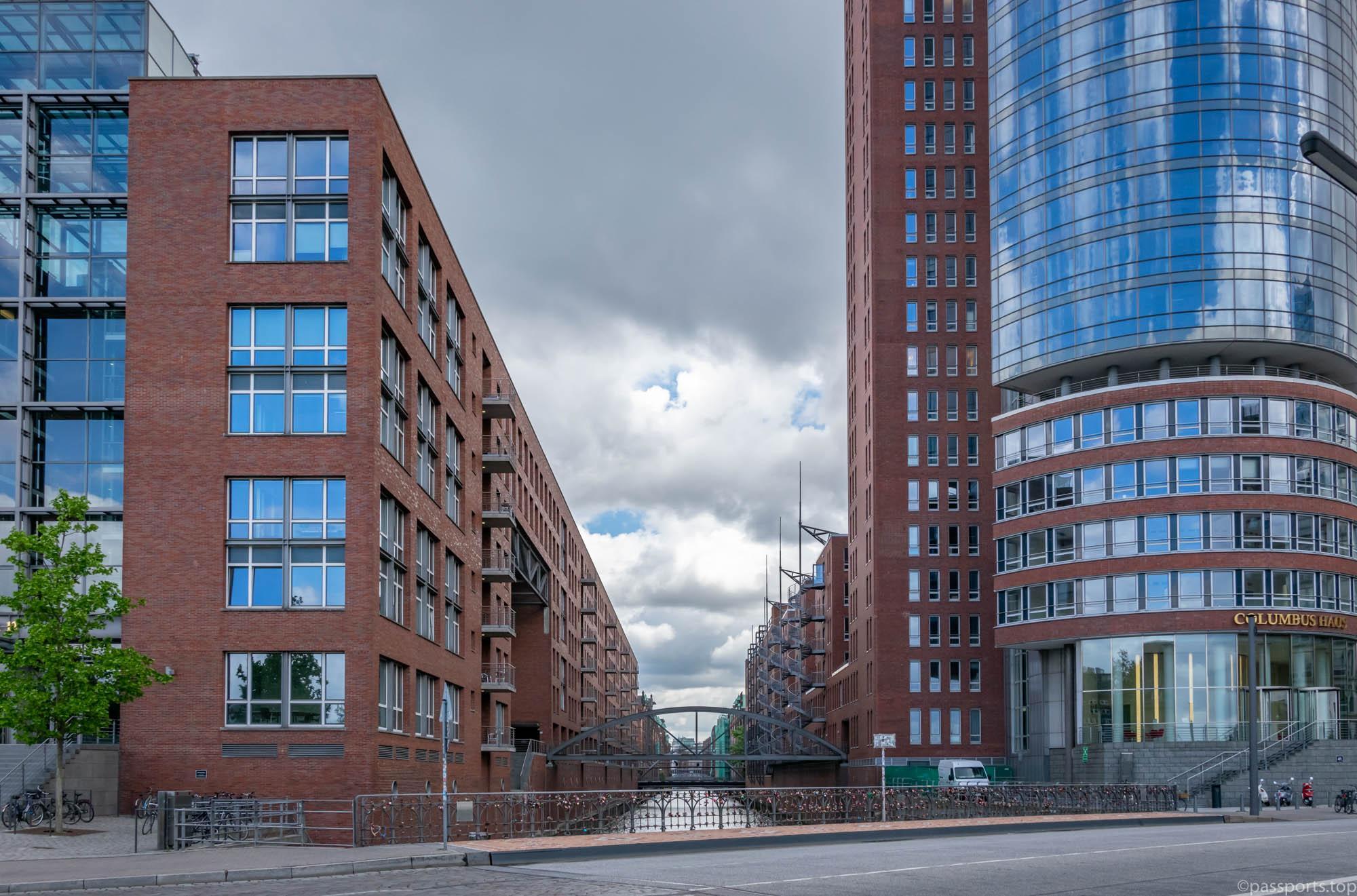
The modern architecture of HafenCity contrasts greatly with that of the nearby Speicherstadt, a historic warehouse district. This area is why Hamburg is called the “city of warehouses” and was the first place in the city to receive UNESCO World Heritage status. Some of the warehouses have been converted into apartments, others are visitor attractions, while a few still fulfill their original purpose of storing electronics, tea, coffee or spices.
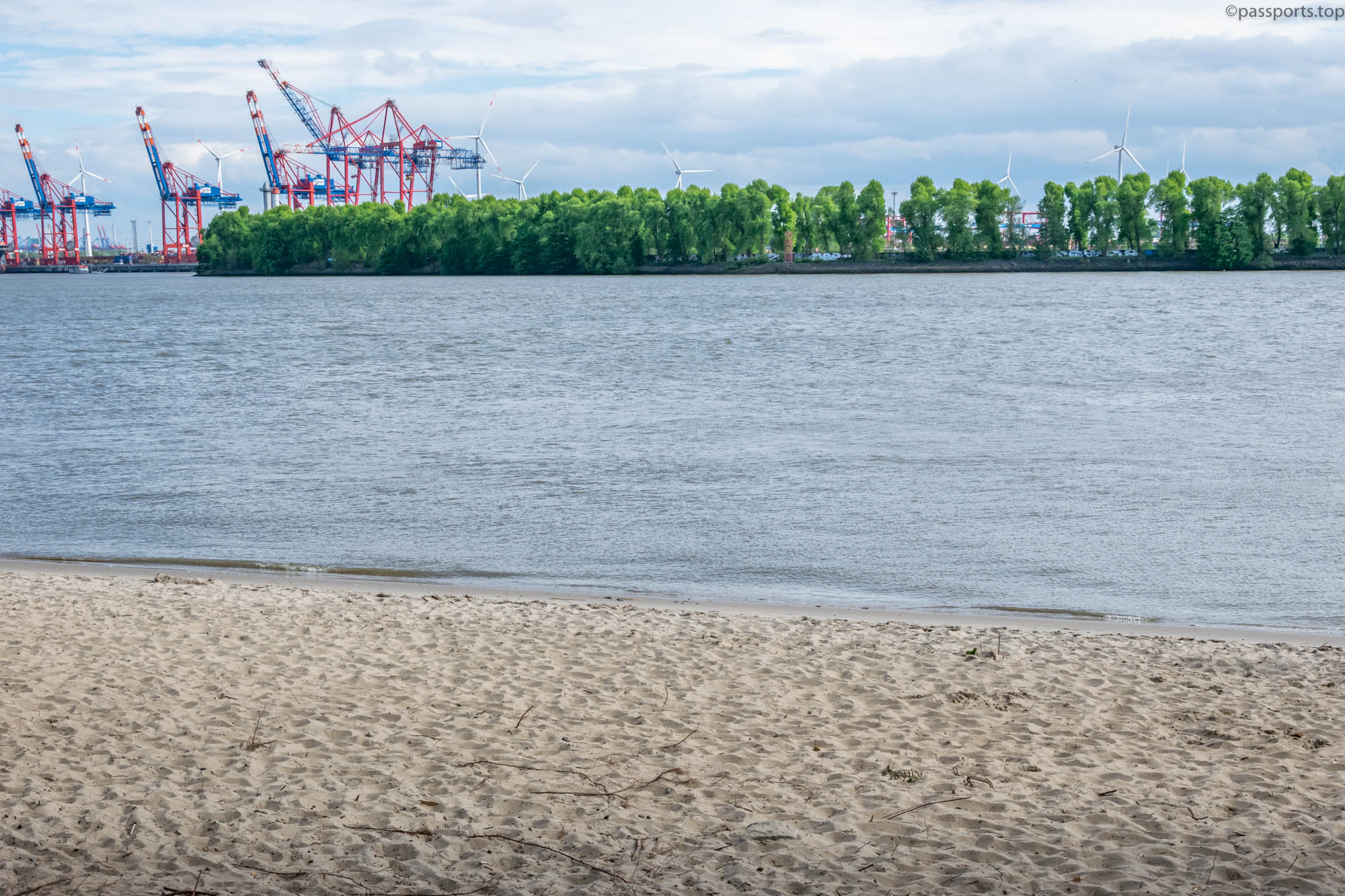
The first day ended with a walk on the Elbstrand. Hamburg residents don’t have to head to the North Sea or the Baltic Sea if they’re craving sand underfoot and a splash in the water, because they have the Elbe beach. Along the banks of the Elbe are beautifully landscaped parks and the beach overlooking the harbor. Barbecues are also allowed in many places, as long as you don’t leave trash behind.
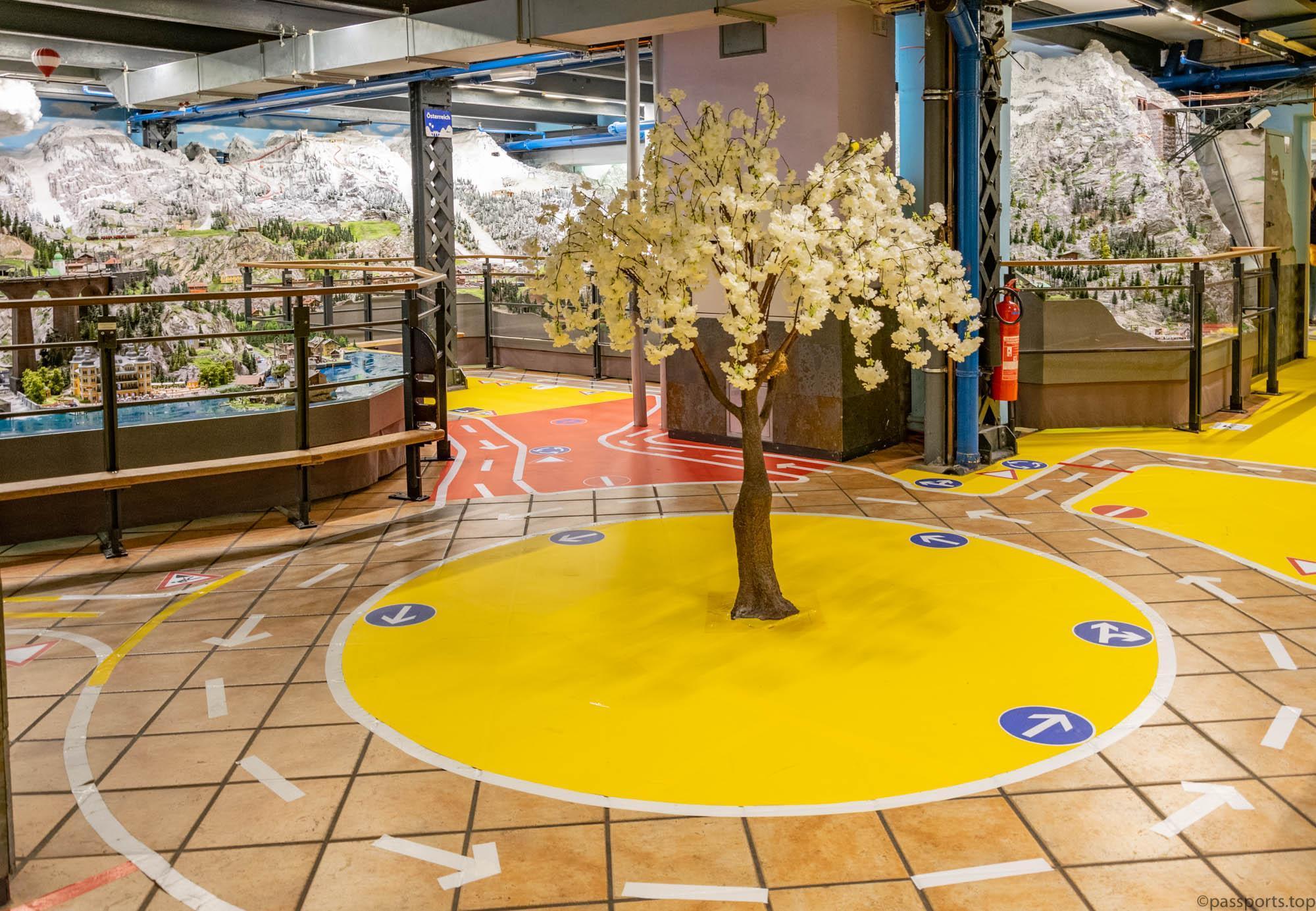
The next day in Hamburg we started with Miniatur Wunderland. Knowing that we would spend a good few hours visiting it, we armed ourselves in the morning in good spirits and began the journey around the miniature continents (the museum is open daily from 9:30 to 18:00, and the price of a ticket it is €20/person, €12.5/child under 16 and free for children under 1 meter.It is preferable to buy your tickets online, especially if you visit the museum on weekends or public holidays like don’t have to wait for minutes at the ticket office).

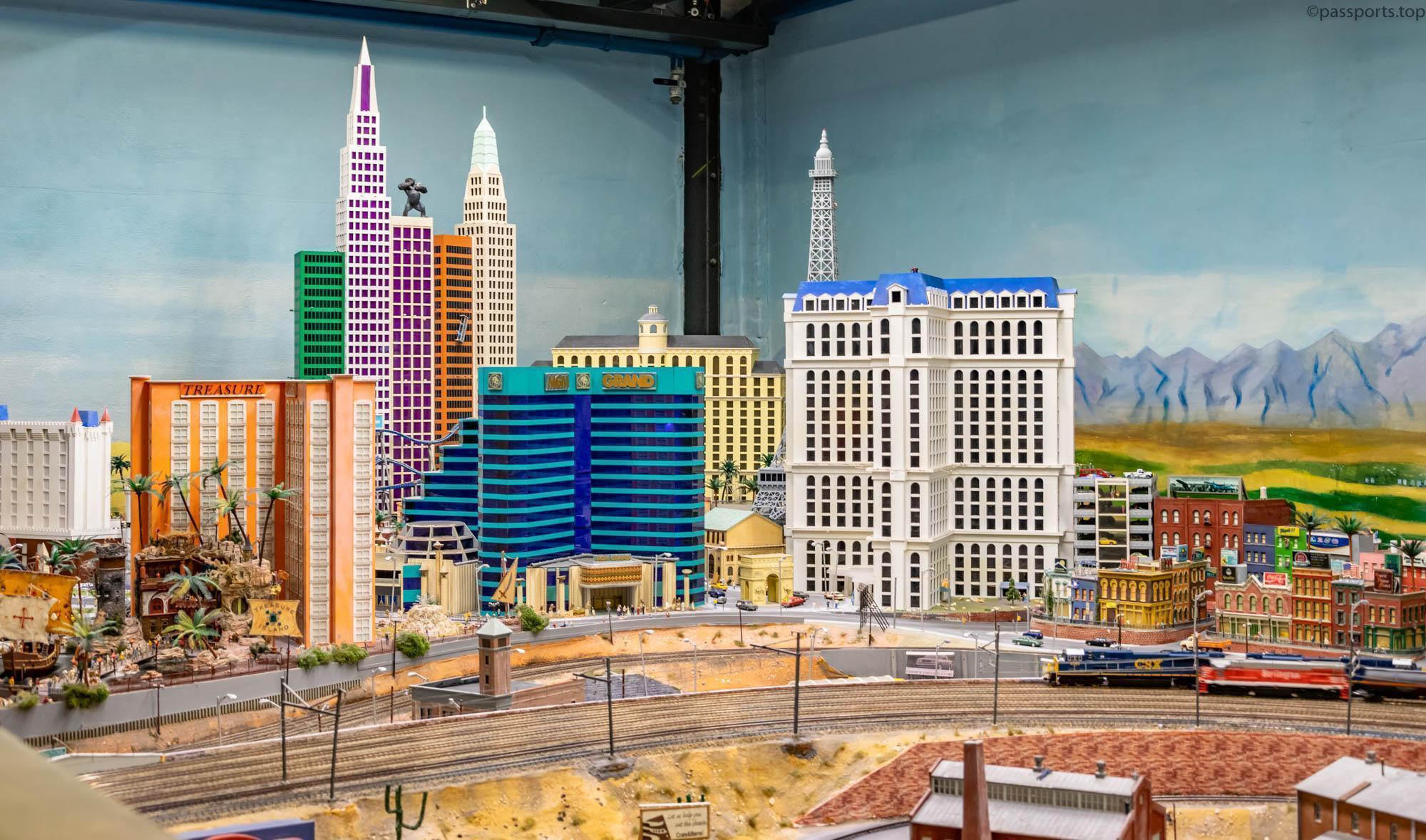
From gambling in the bright Las Vegas, to the fjords of Norway, from the wonderful area of Tuscany, to the Grand Canyon, there are so many interesting areas to admire that you probably won’t want to leave there.
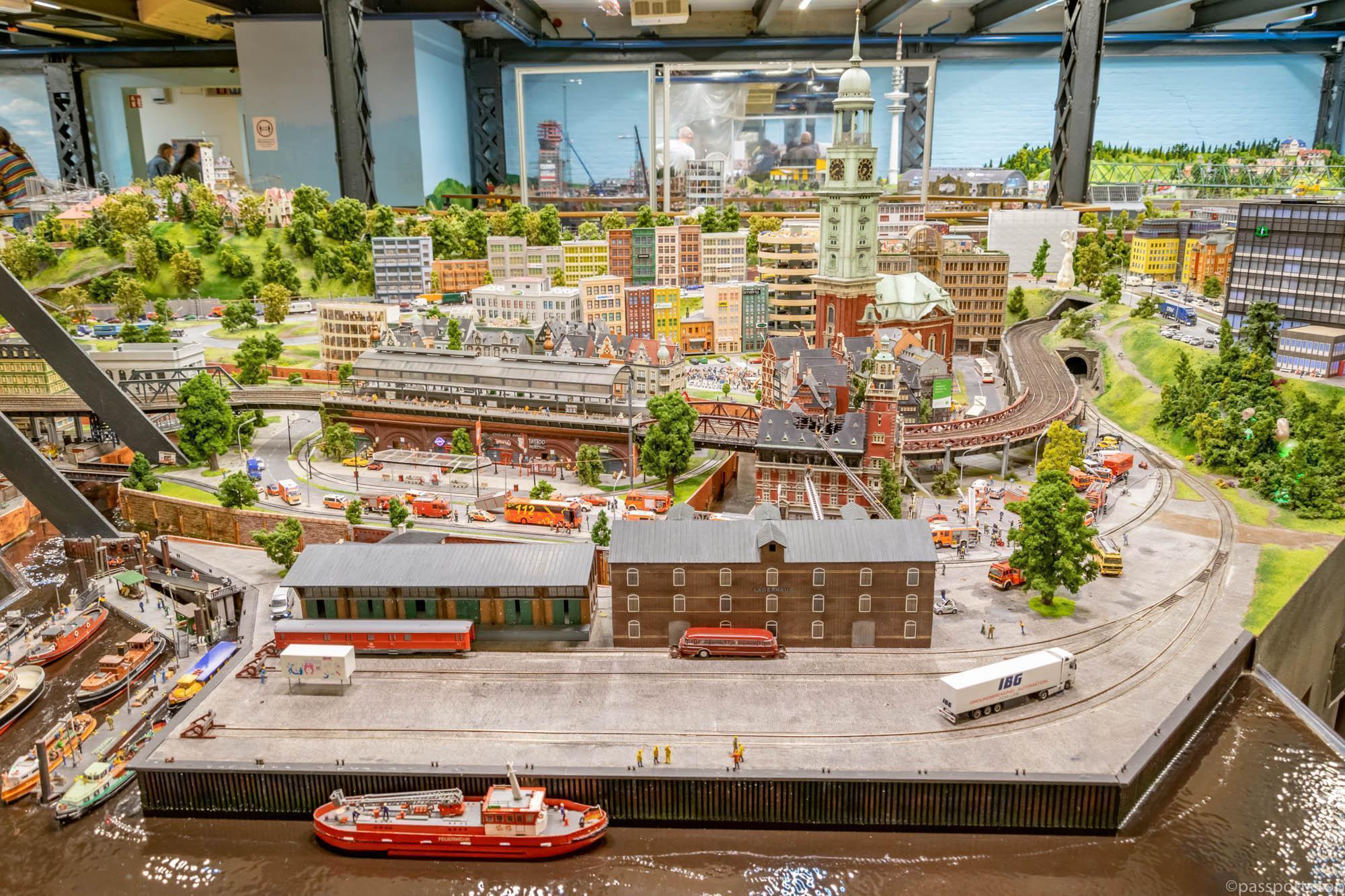
The exhibition includes 1,300 trains with over 10,000 carriages on 15,715 meters of track, over 100,000 moving vehicles, approx. 500,000 lights, 15,400 meters of tracks, 130,000 trees and 400,000 human figurines, and the museum is constantly expanding (sections for Central America and the Caribbean, Asia, England, Africa and the Netherlands will be included), with the new areas being planned until 2028.
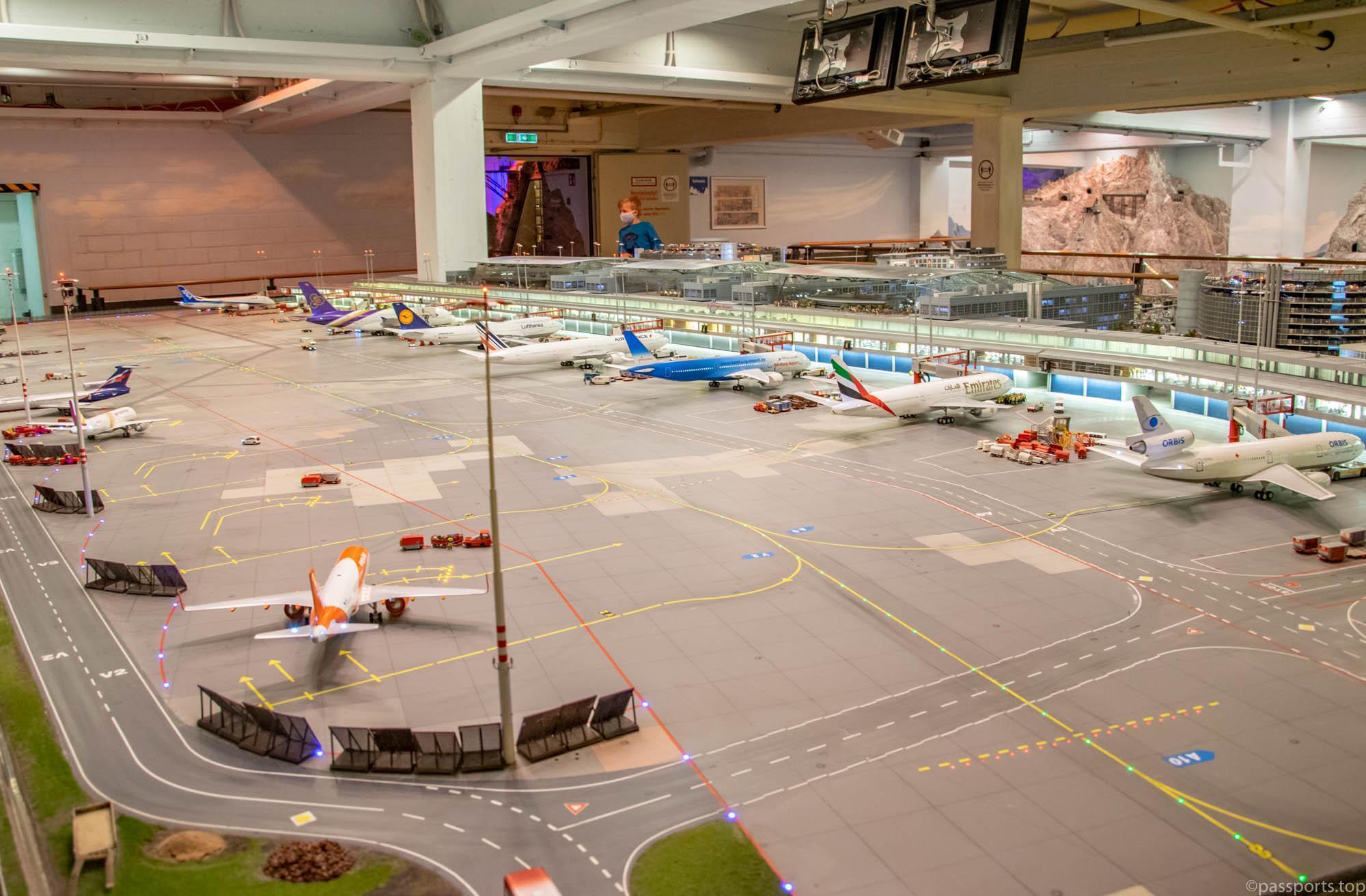
The main attraction is Knuffingen Airport, which functions exactly like the real one: planes take off and land, load cargo or carry out rescue operations in the event of an accident.
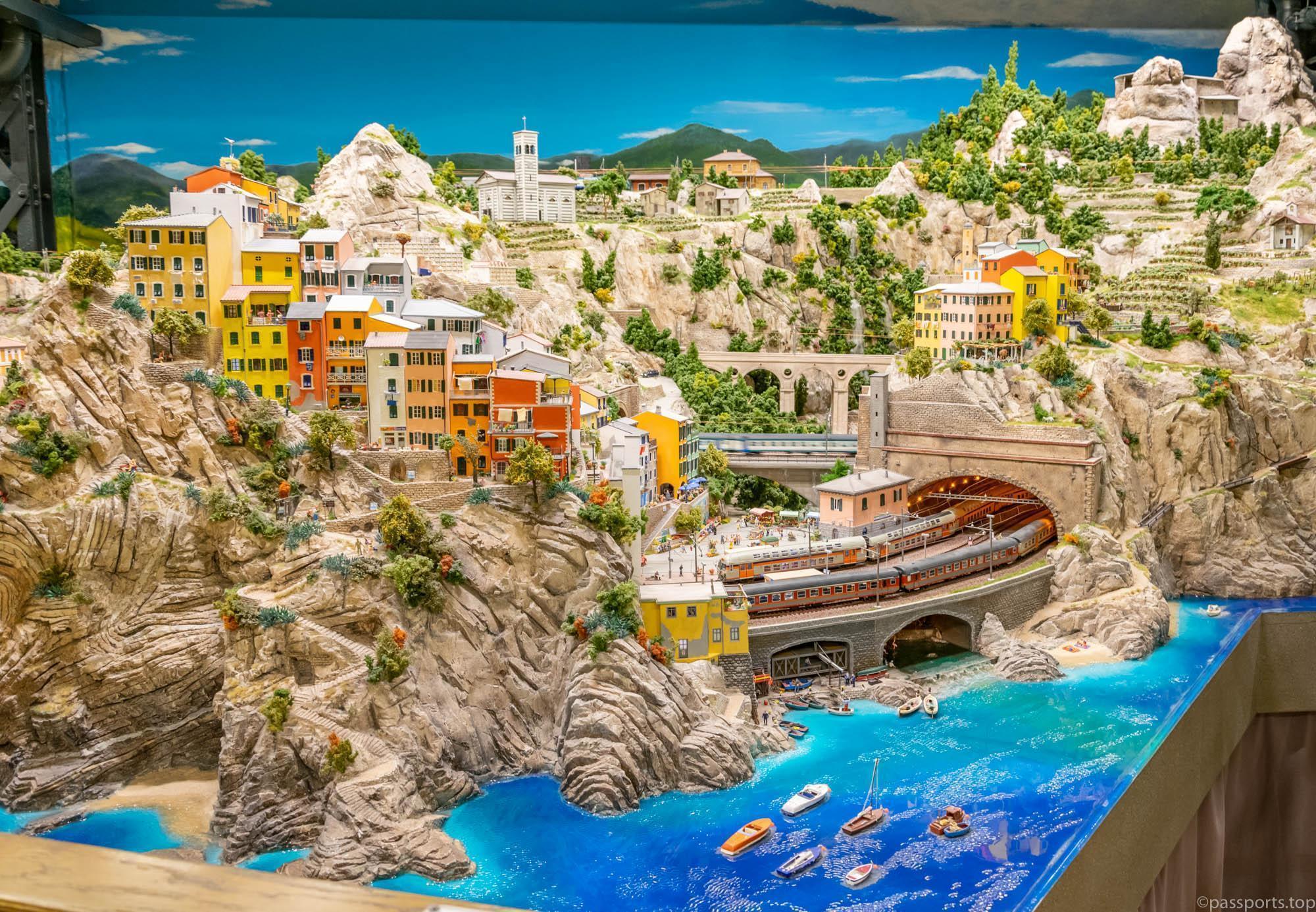
Everything is made with enviable precision and meticulousness, and visitors, regardless of age, enjoy replicas of wonderful cities, day and night (every 15 minutes, in Miniatur Wunderland, the sun begins to set gently and the night light descends upon the miniature cities).
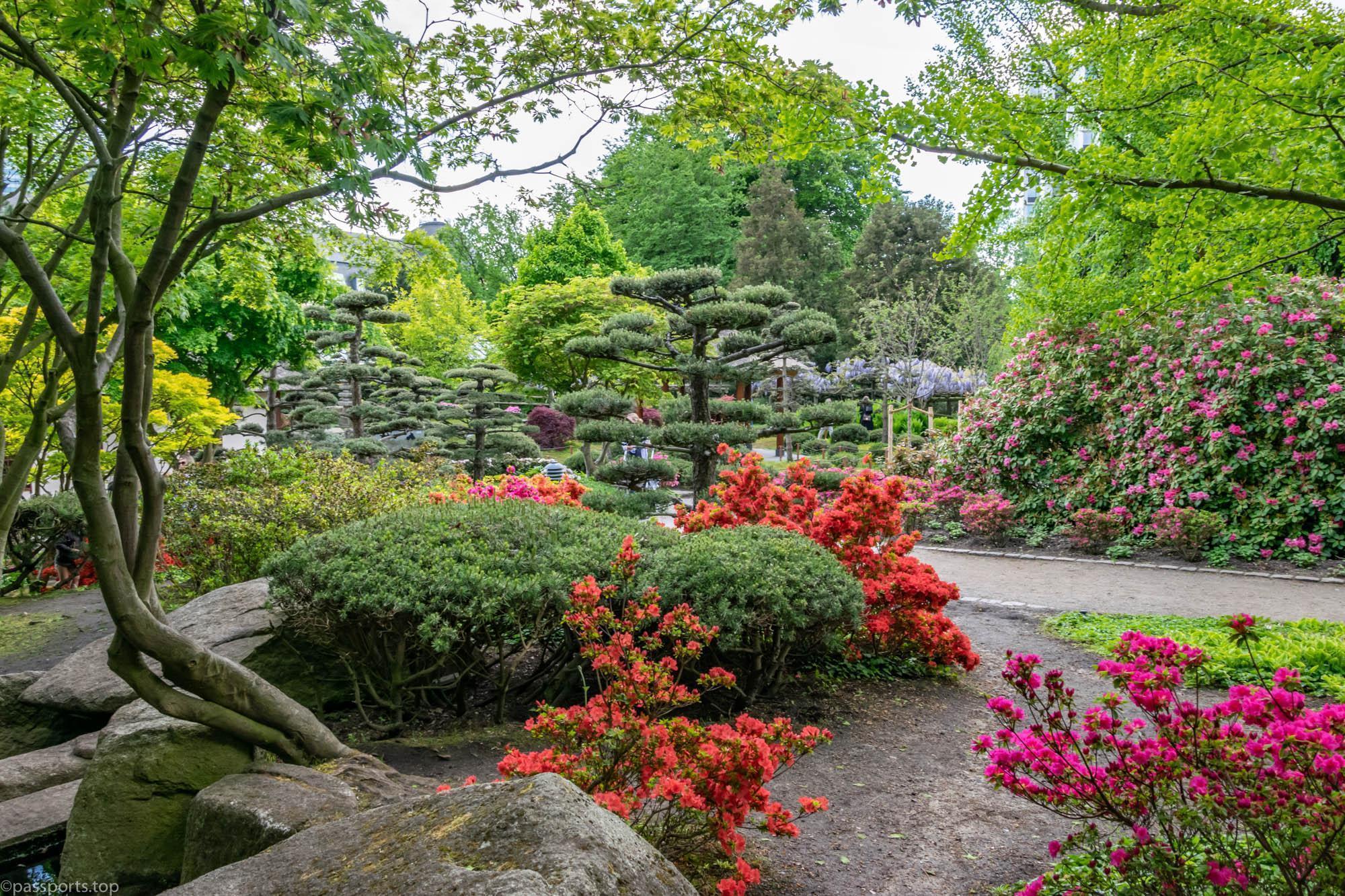
Almost four hours later, slightly tired after a walk around the world, we continued our visit to Planten un Blomen – one of the most beautiful parks in Germany. With 47 hectares of greenhouses, gardens, ponds and lawns, the park houses the city’s oldest botanical garden (1821).
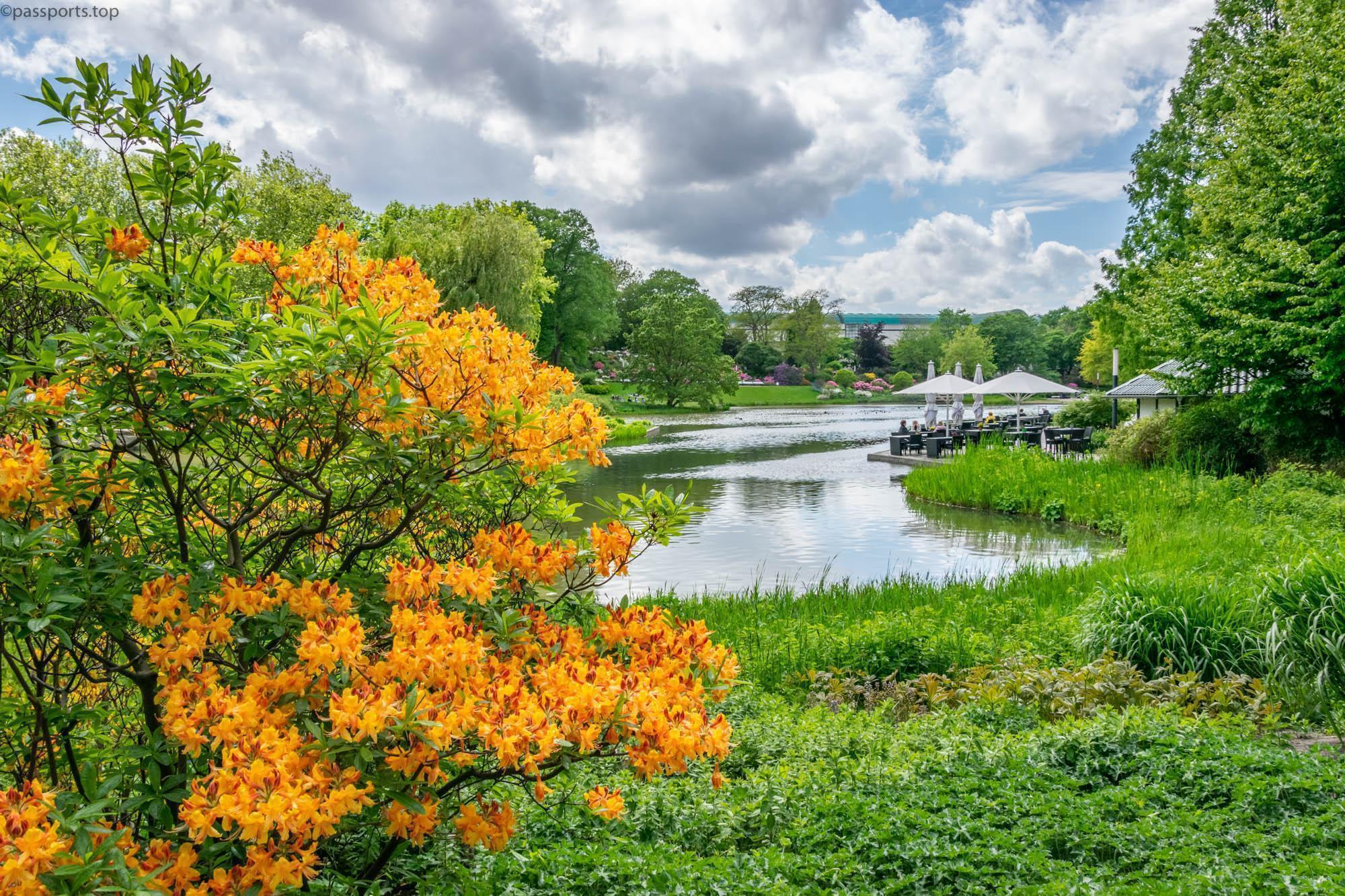
If you plan to explore the whole park, you need a good few hours for the walks through the greenhouses, the rose garden, the Japanese garden or to watch the musical fountain (from May to the end of September). Many music lovers gather on the meadow around the lake to listen to classical music while the fountains glow in different colors and “dance” to the beat of the music.
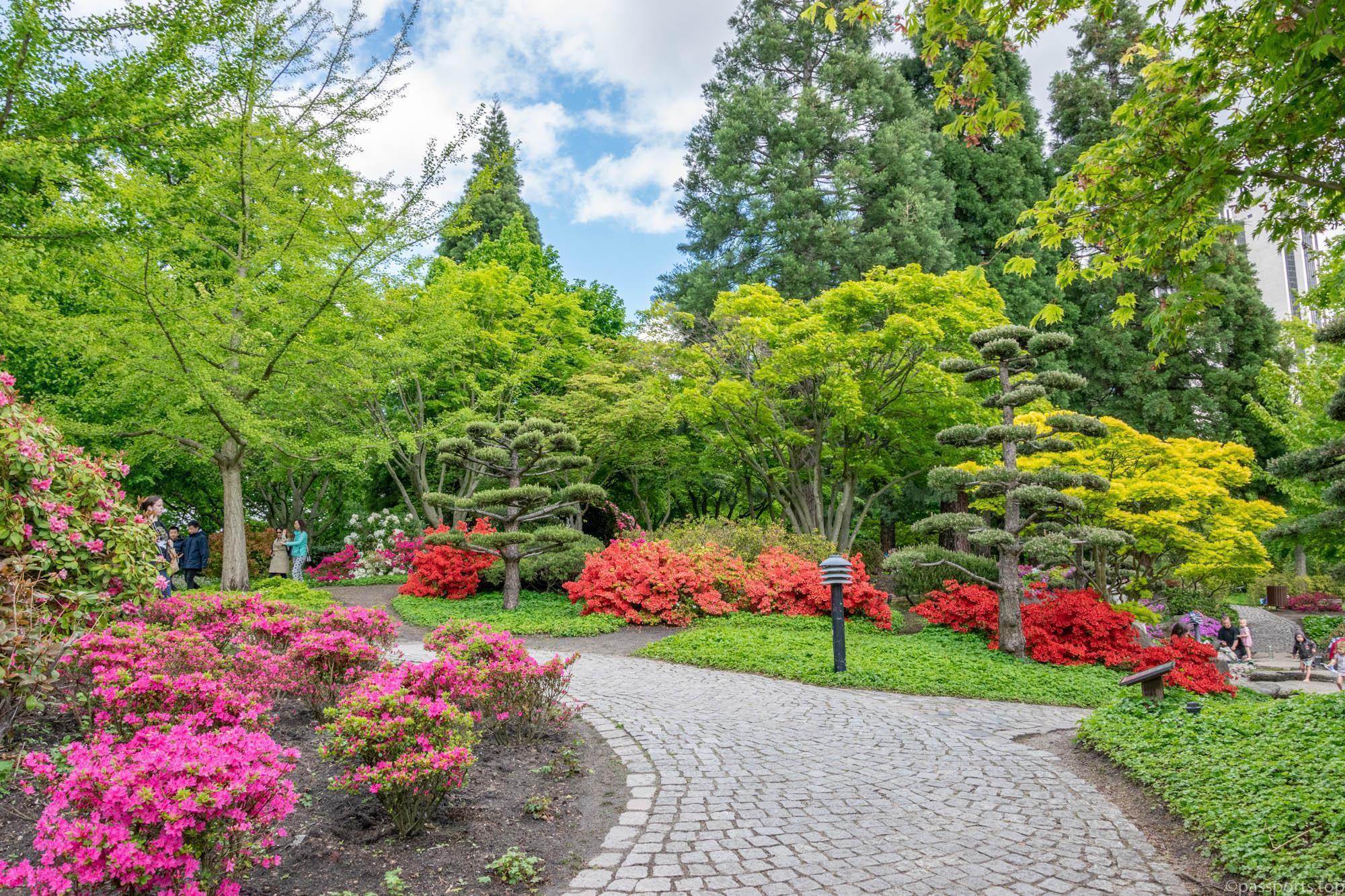
To make sure you can enjoy the multicolored flowers, the park’s official website has a special section where you can see which plants are in bloom each month of the year.
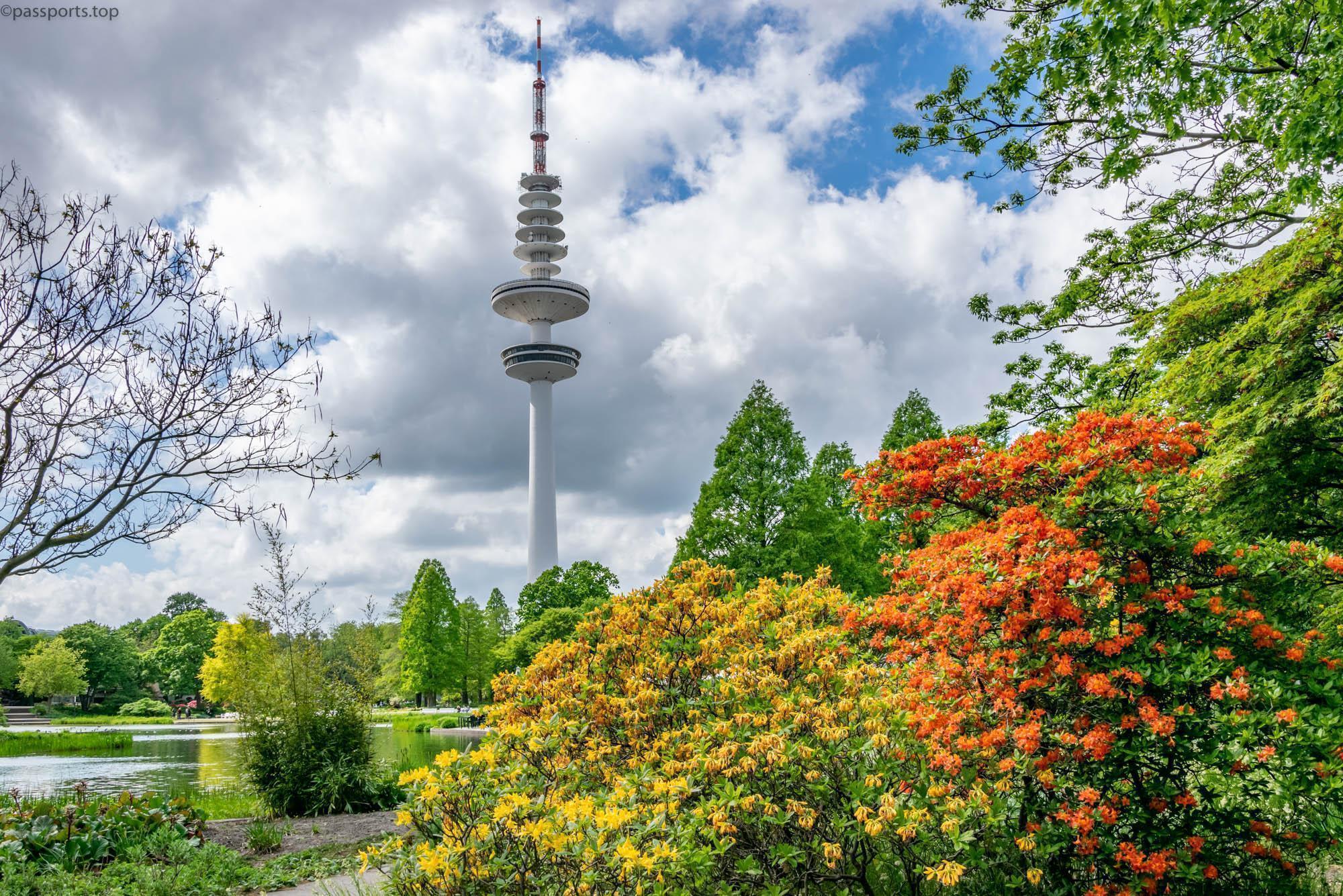
Near the park is the Heinrich Hertz TV Tower – the 279.2 meter high television tower. The steel and concrete tower was built between 1966 and 1968, with the platforms officially opening on 1 May 1968. Both levels were forced to close on 1 January 2001 due to high levels of asbestos requiring extensive renovations. After years of discussions and debates regarding the future of one of Hamburg’s most emblematic landmarks, the TV Tower with its two platforms will be reopened to the public starting in 2023.
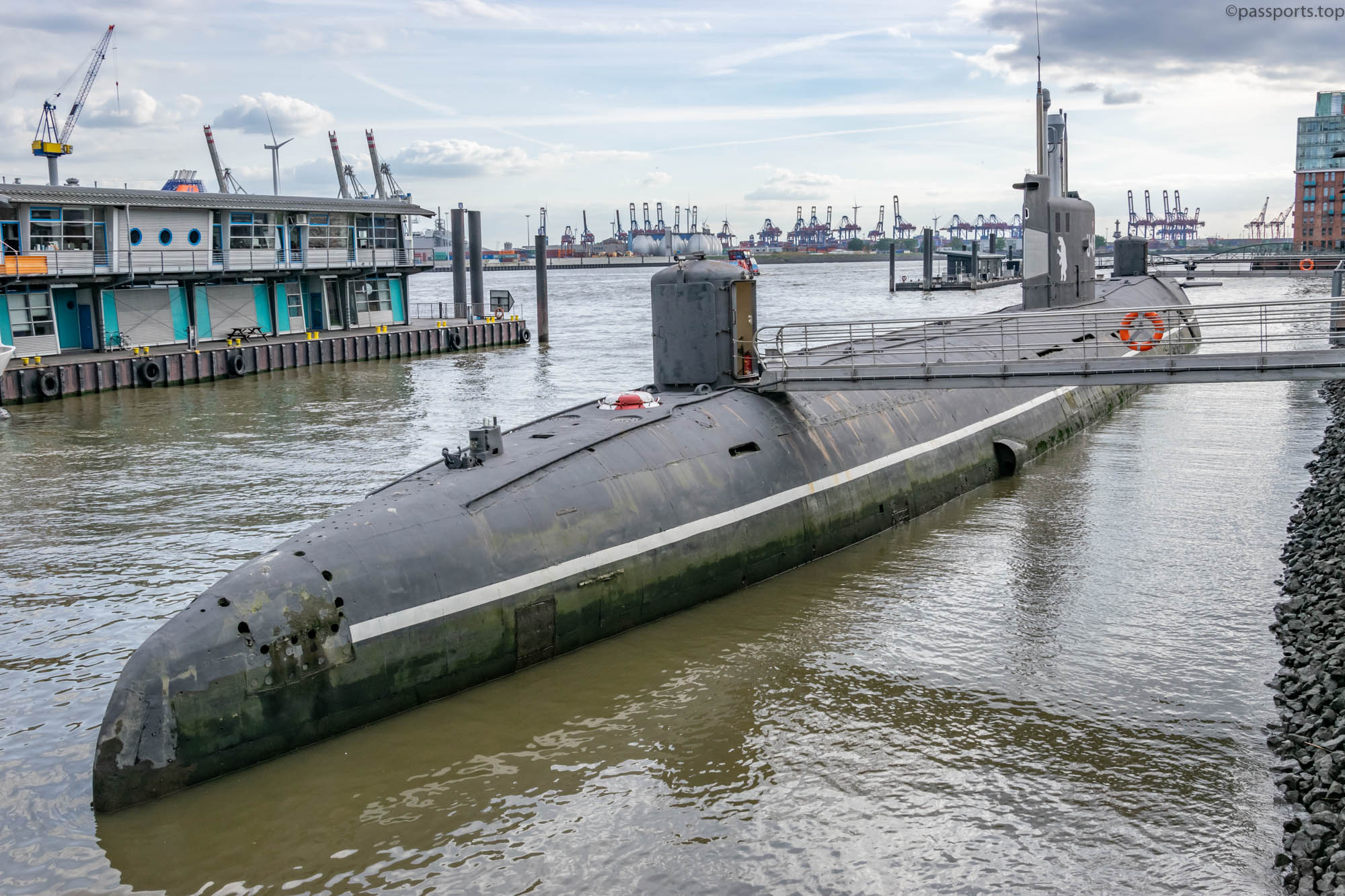
After a walk in the multicolored Planten und Blomen Park, we headed to the U-Bootmuseum Hamburg – a Russian Navy Tango-class submarine U-434, still operational, which can be visited on the banks of the Elbe.
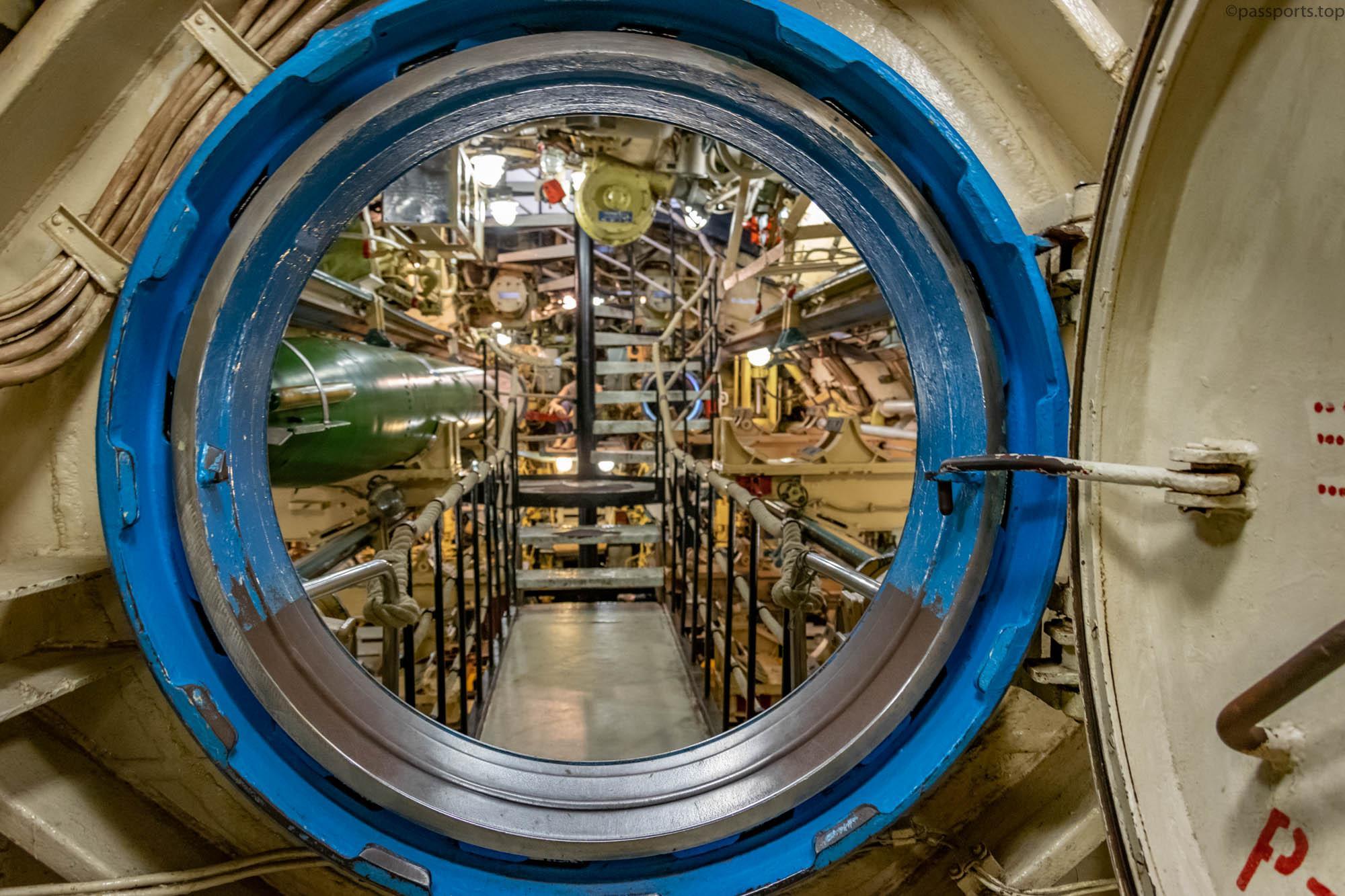
The submarine was built in 1976, with a length of 90.16 meters and a width of only 8.72 meters. After being in service with the Russian Navy for almost 26 years and being used, among other things, for espionage purposes along the US East Coast, it was purchased by the U-Bootmuseum in 2002. The submarine can be visited Monday to Saturday 9:00-20:00 and Sunday 11:00-20:00. The price of a ticket is €9.00/person.
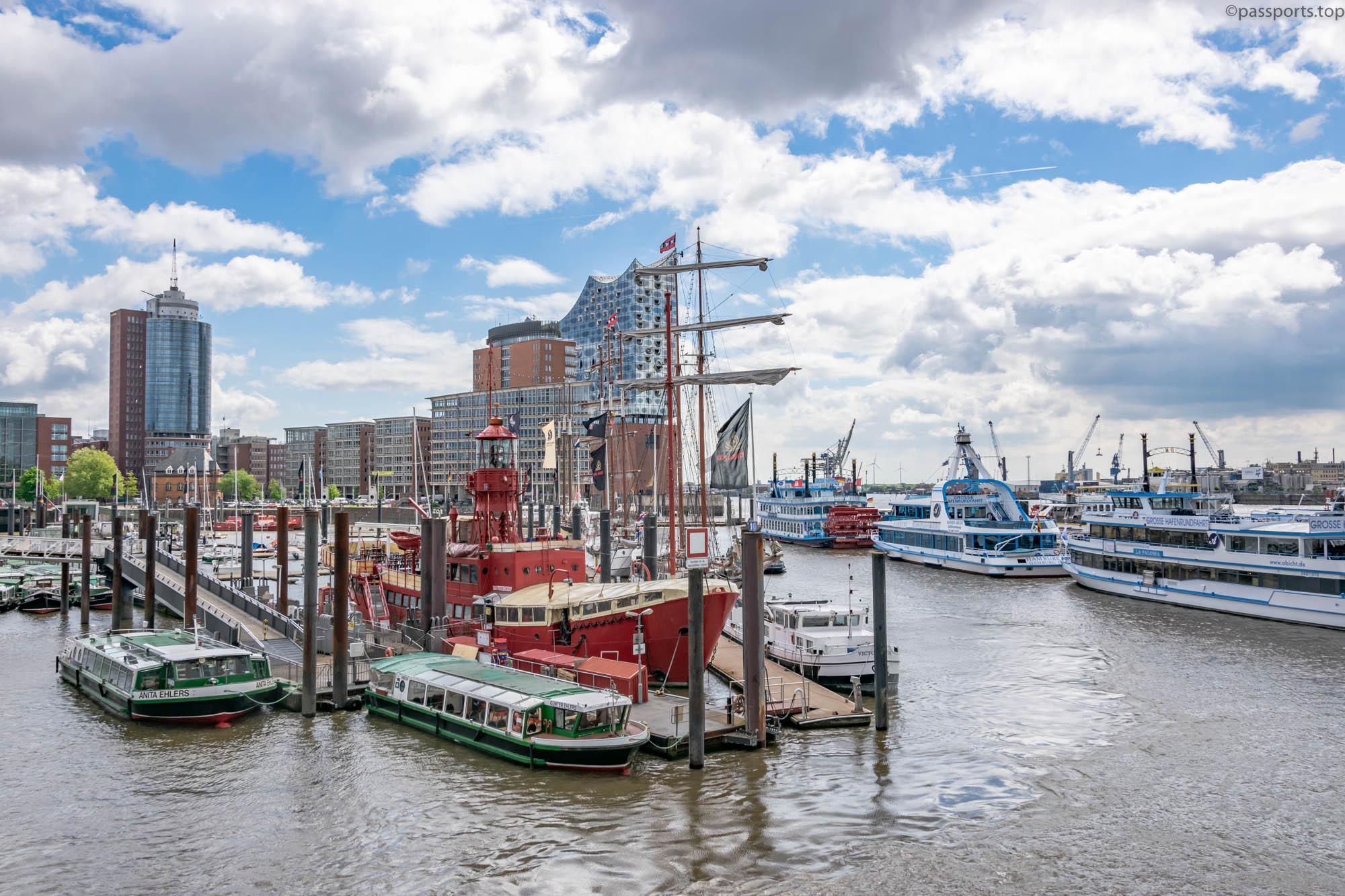
From the submarine, we headed to the Port, where we were greeted by spectacular cruise ships, container ships, as well as ships converted into museums or hotels.
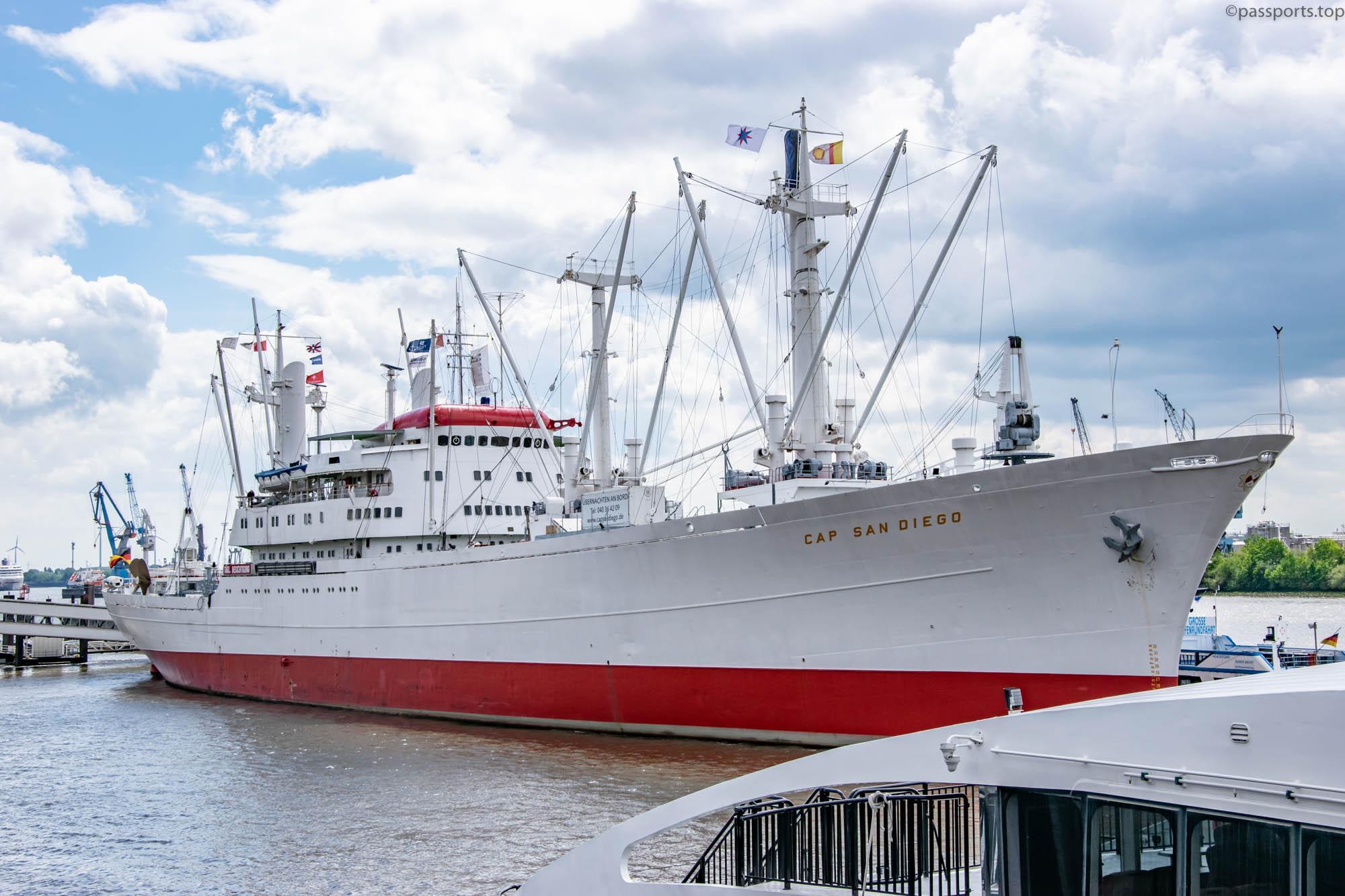
Cape San Diego was built in 1961 and has sailed over a hundred times in South America over twenty years. Notable for her elegant “silhouette”, she was the last of a series of six ships known as the “white swans of the South Atlantic“. Today, it houses a museum (open daily, between 10:00 and 18:00; ticket: €9.5/person) or you can stay in one of the 4 cabins (prices start from €85/night).
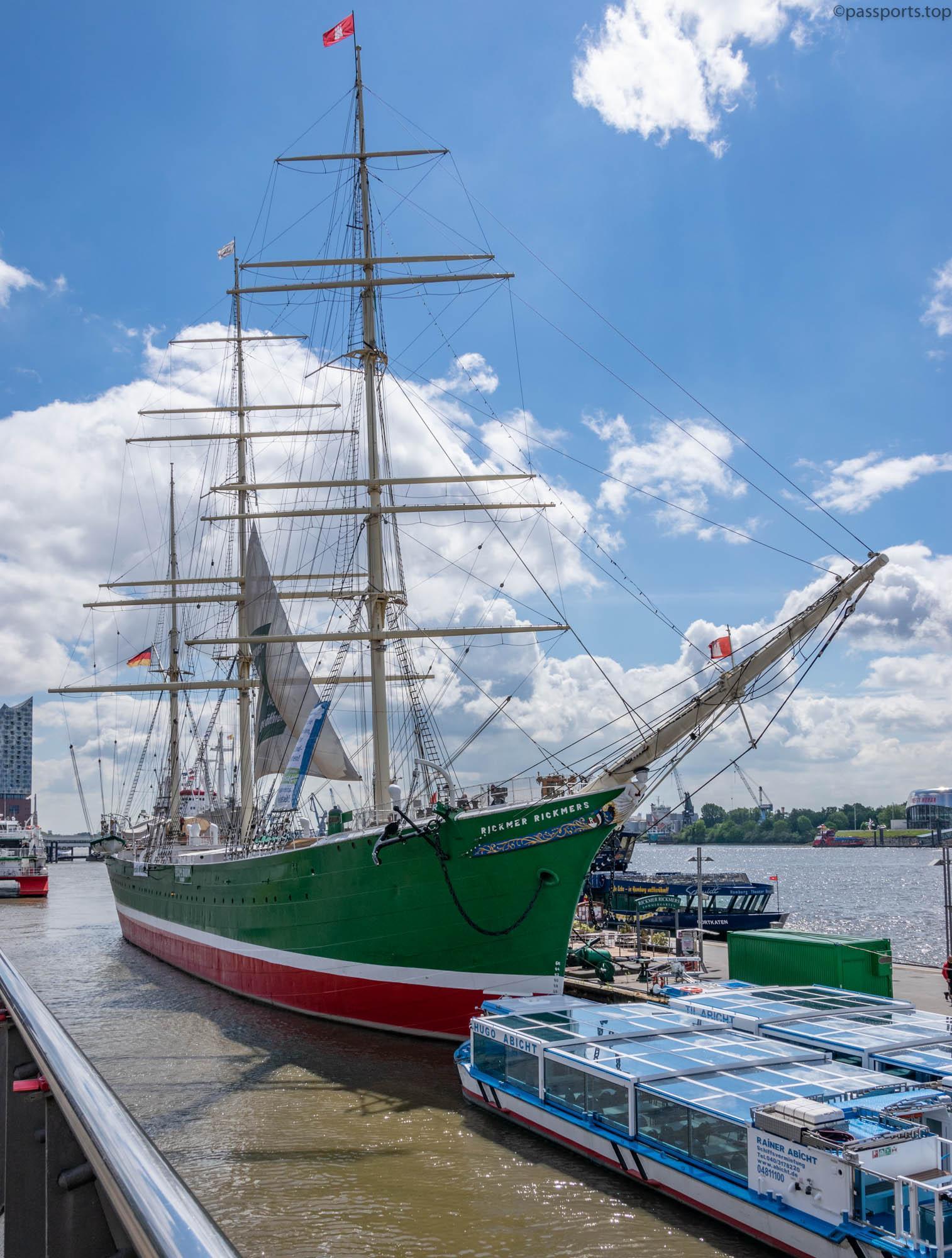
Another eye-catching vessel is the Rickmer Rickmers – a cargo ship built in 1896. During her years of operation, the Rickmer Rickmers brought rice and bamboo from Hong Kong to Germany and traveled to the US, the Indian Ocean and other countries in the Far East. It now houses a museum and a restaurant. Throughout the year, there are interesting exhibitions or you can visit the former steam engine and the diesel engine used in the engine room (the museum is open daily, between 10:00 and 18:00; ticket: €6/person).
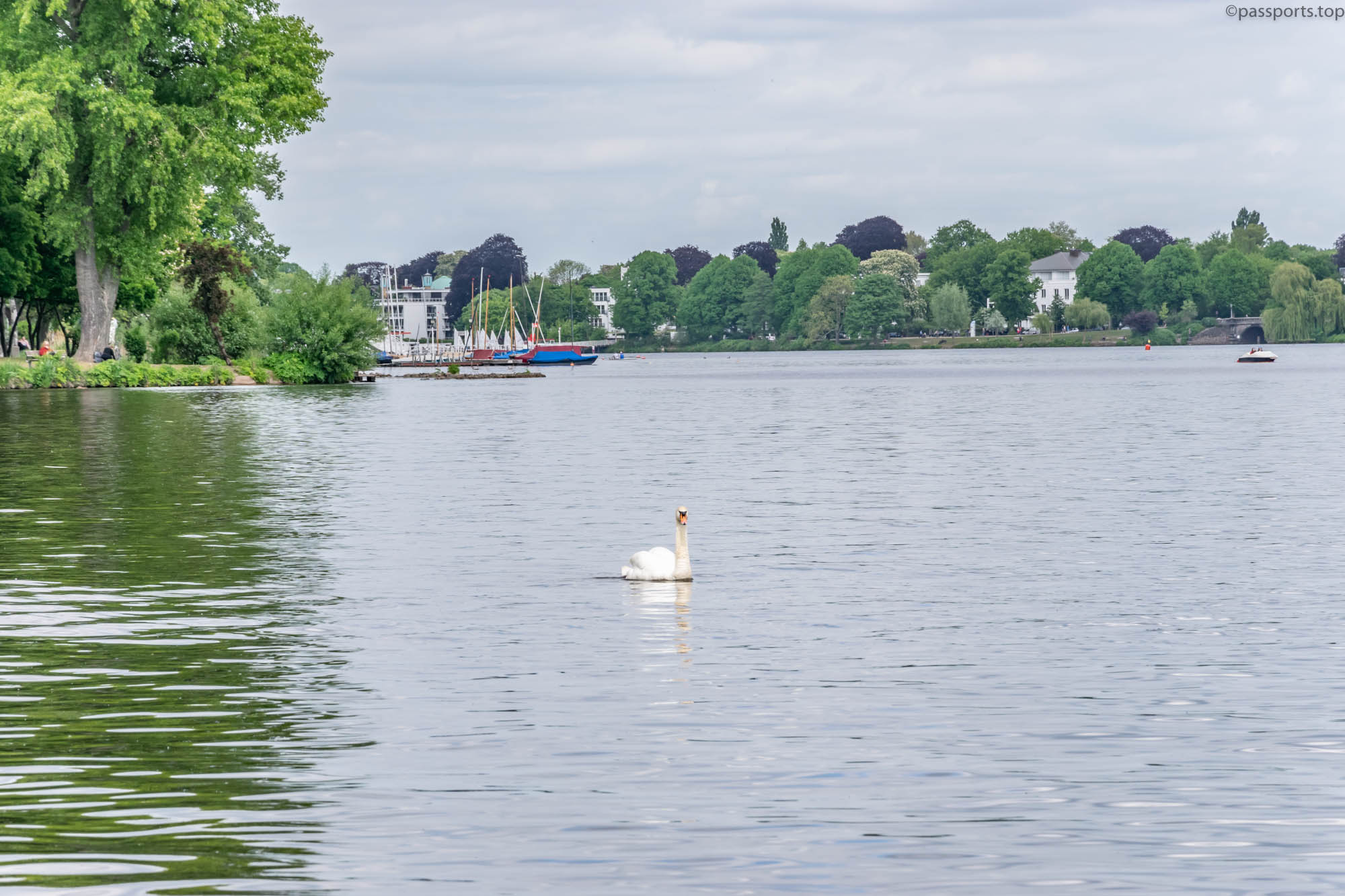
Happy that we had good weather and managed to visit everything we set out to, but a little tired after a long day, we ended our second day in Hamburg on a bench by the Außenalster lake, the next day continuing the journey to a fairytale town: Bremen.
(Hamburg – June 2020)

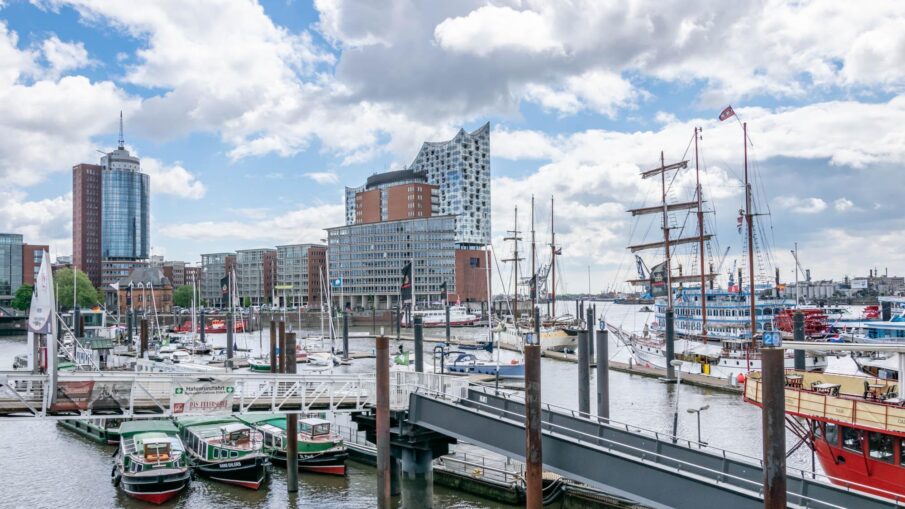
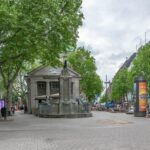
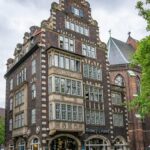
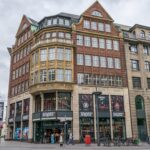
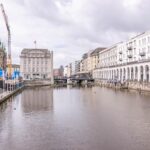
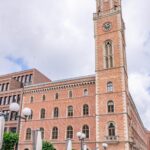
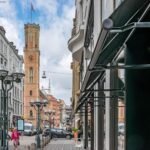
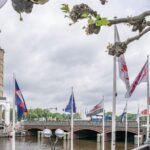
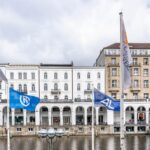
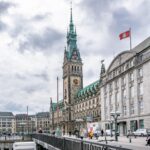
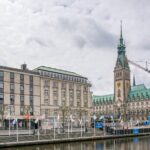
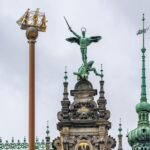
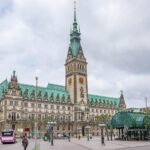
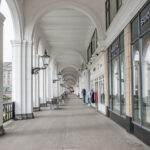
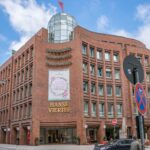
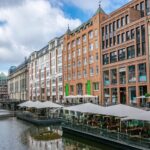
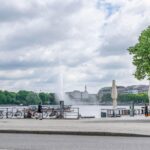
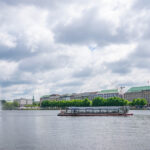
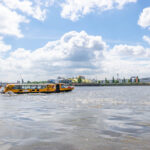
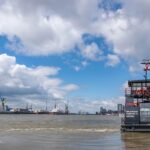
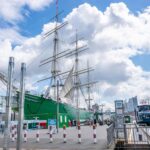
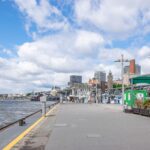
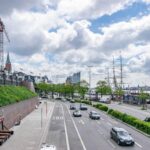
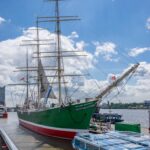
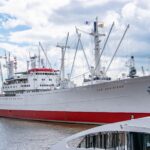
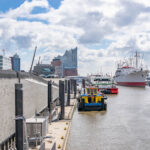
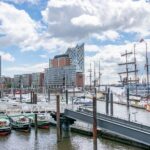
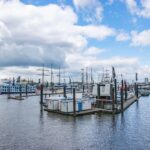

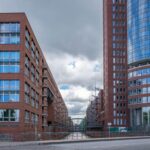
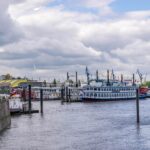
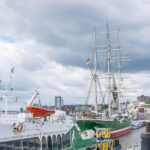
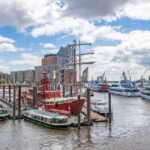
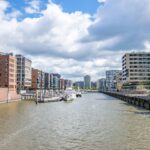
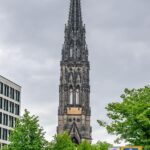
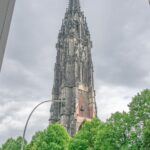
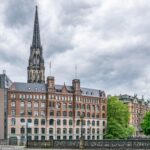


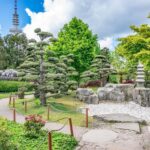


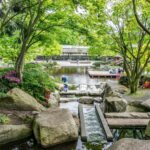


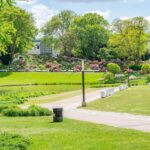


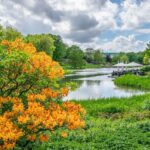



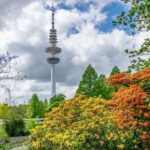
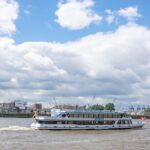
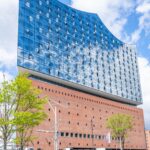
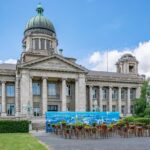

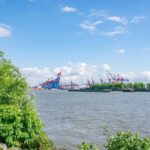
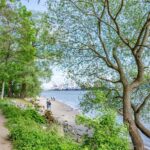
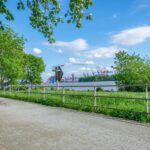
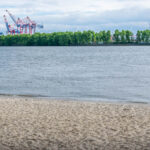
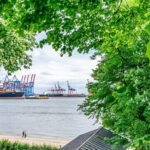
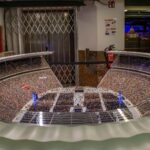
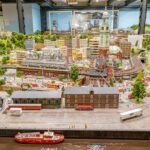
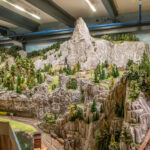
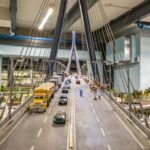
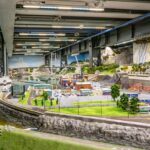
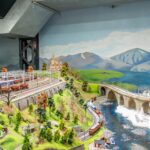
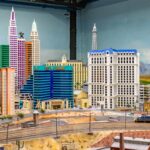
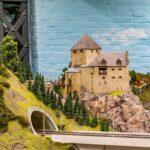
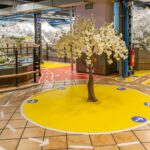
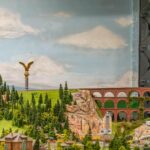
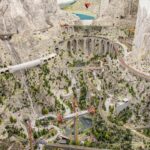
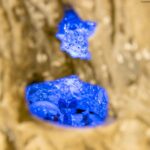

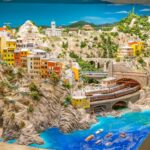
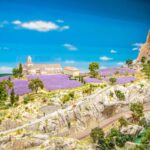
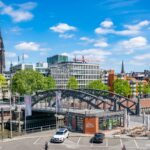
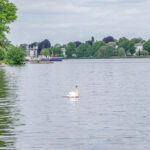
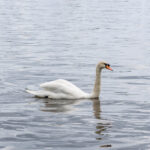
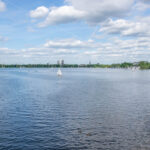
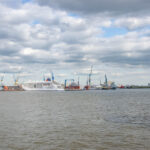
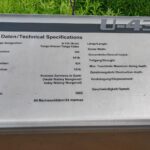
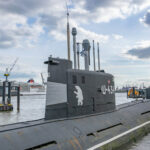
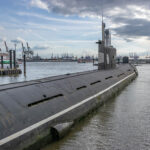
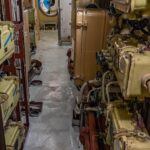

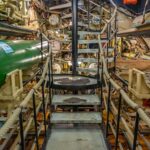
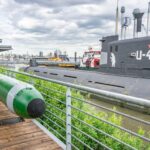
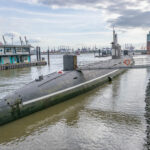
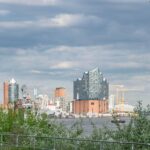
Leave a Reply